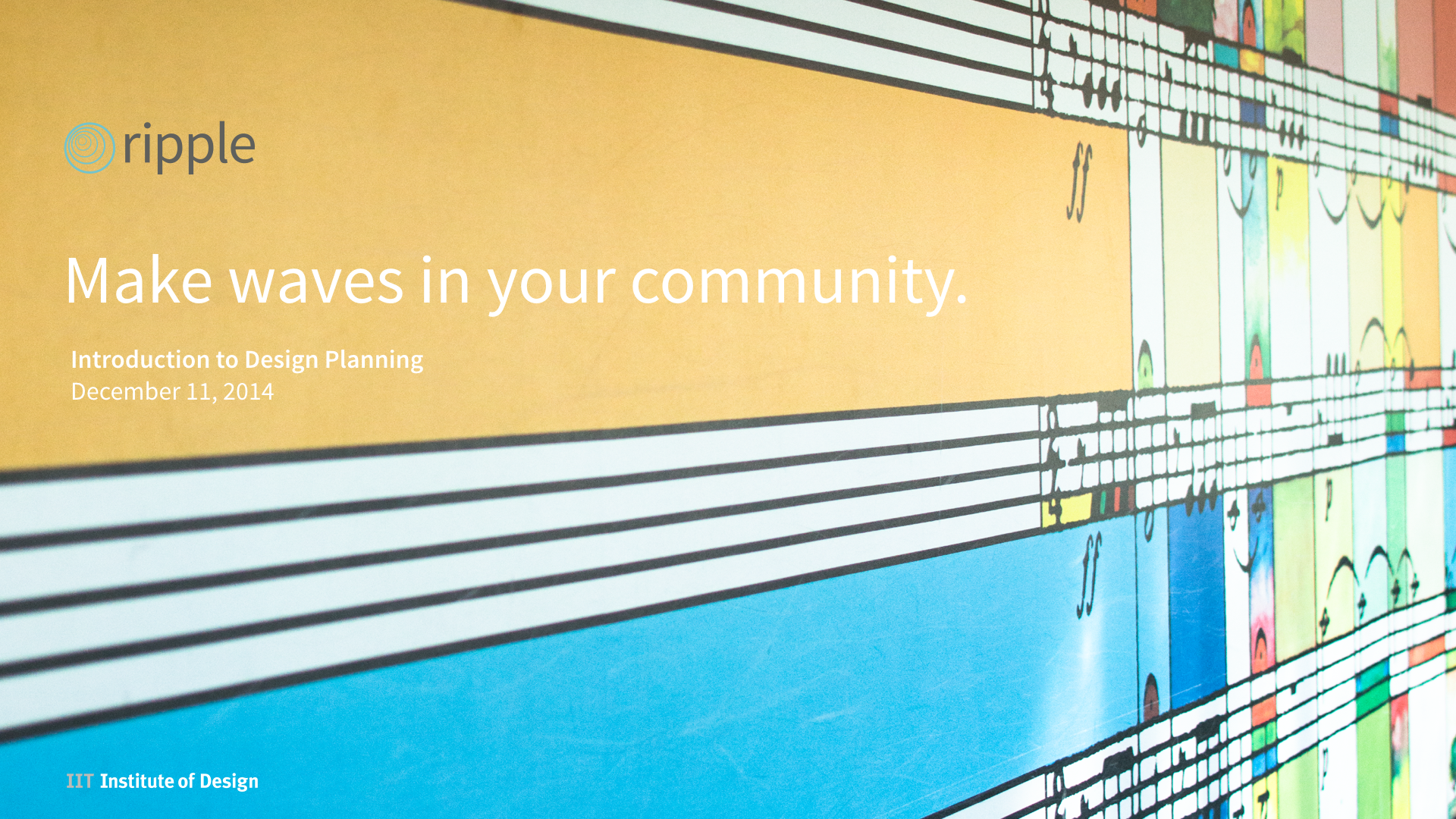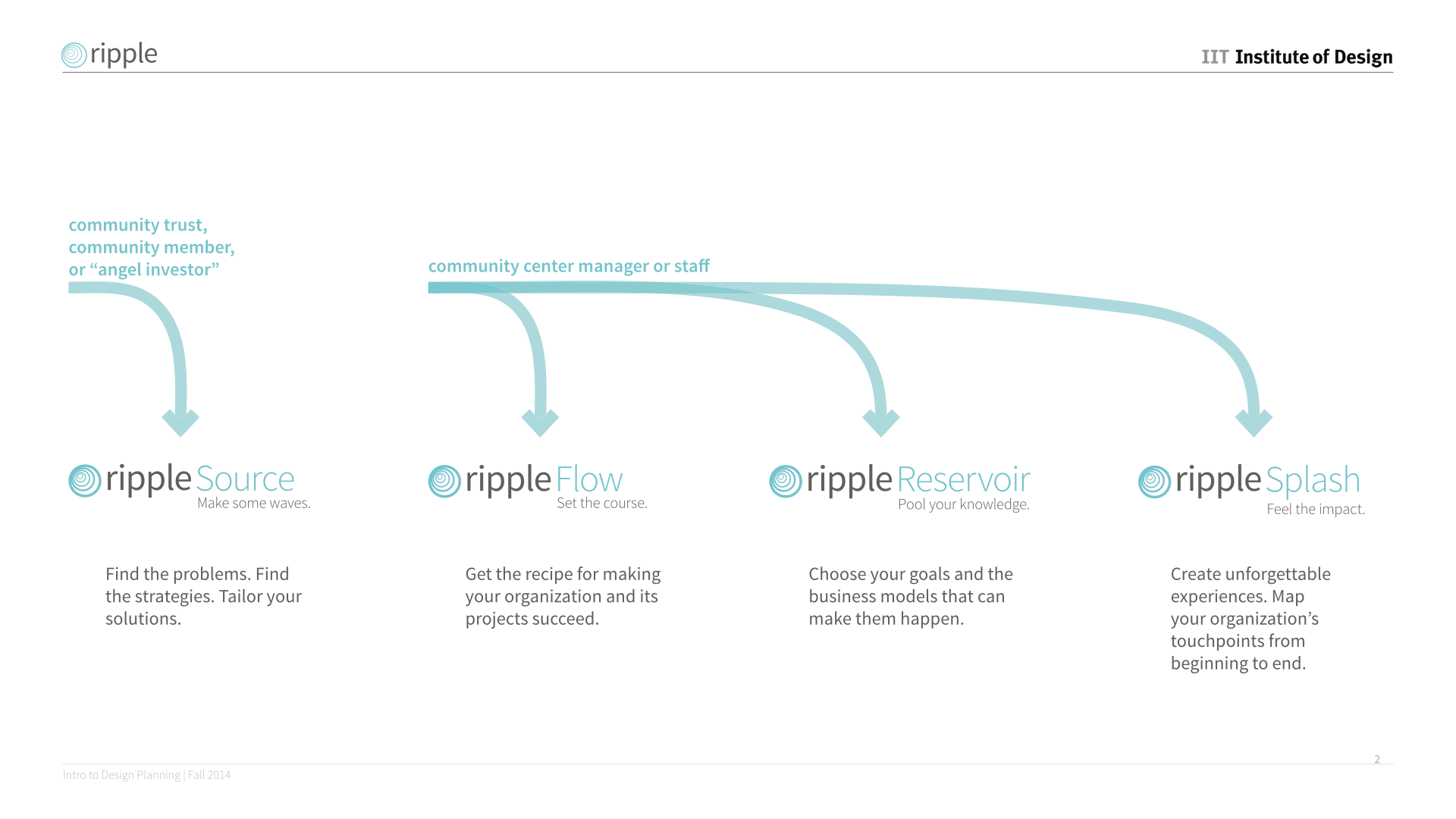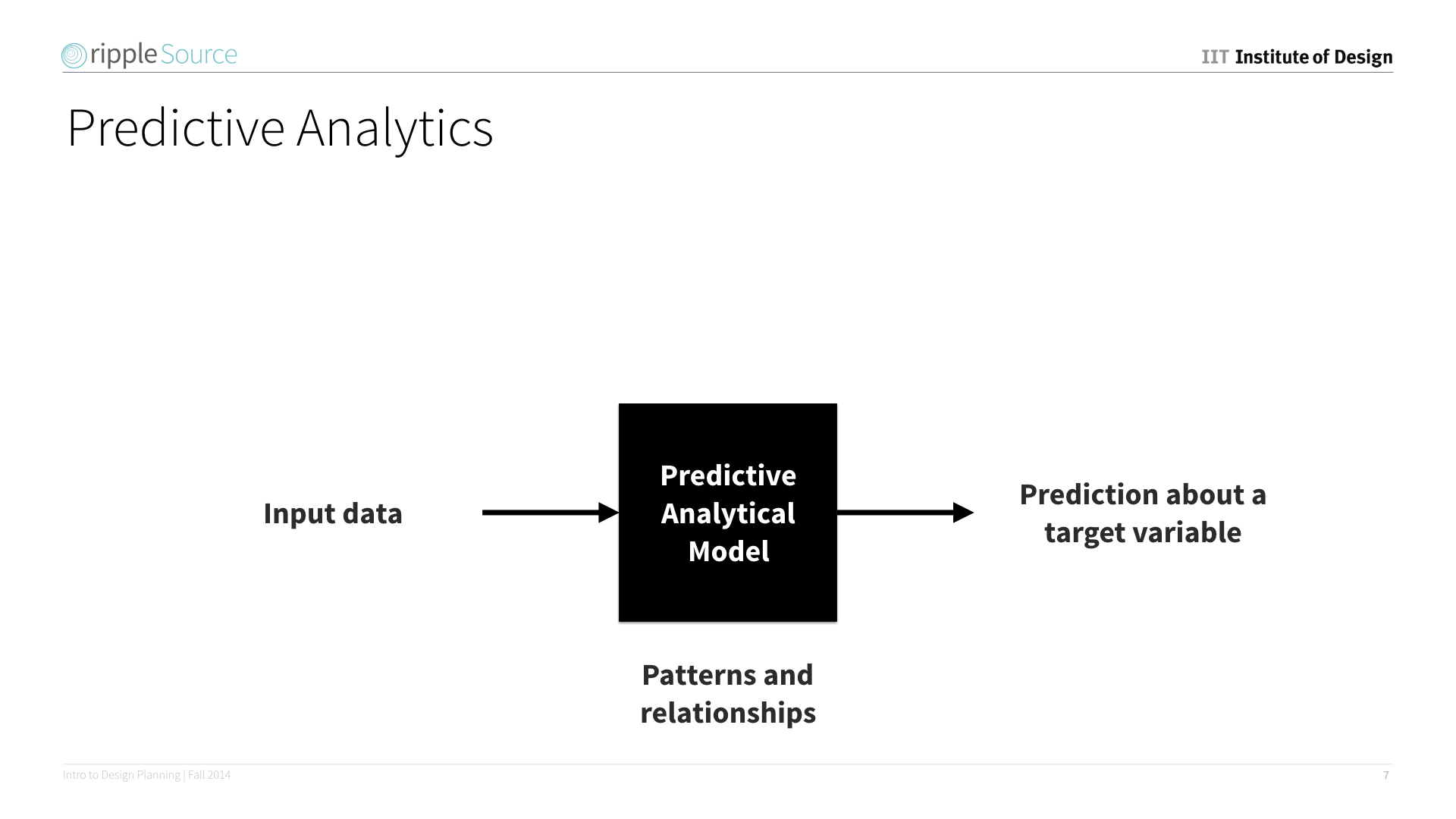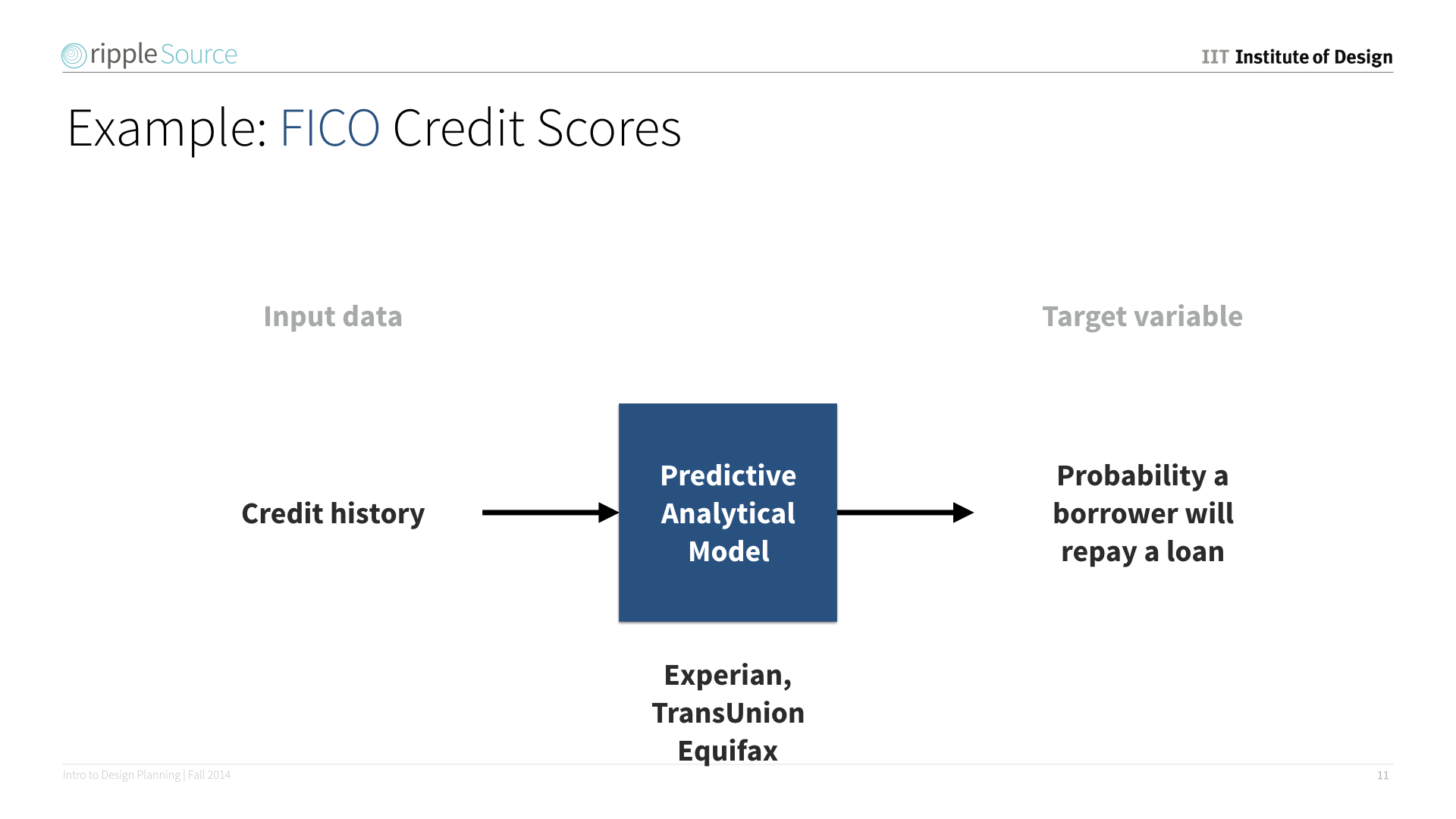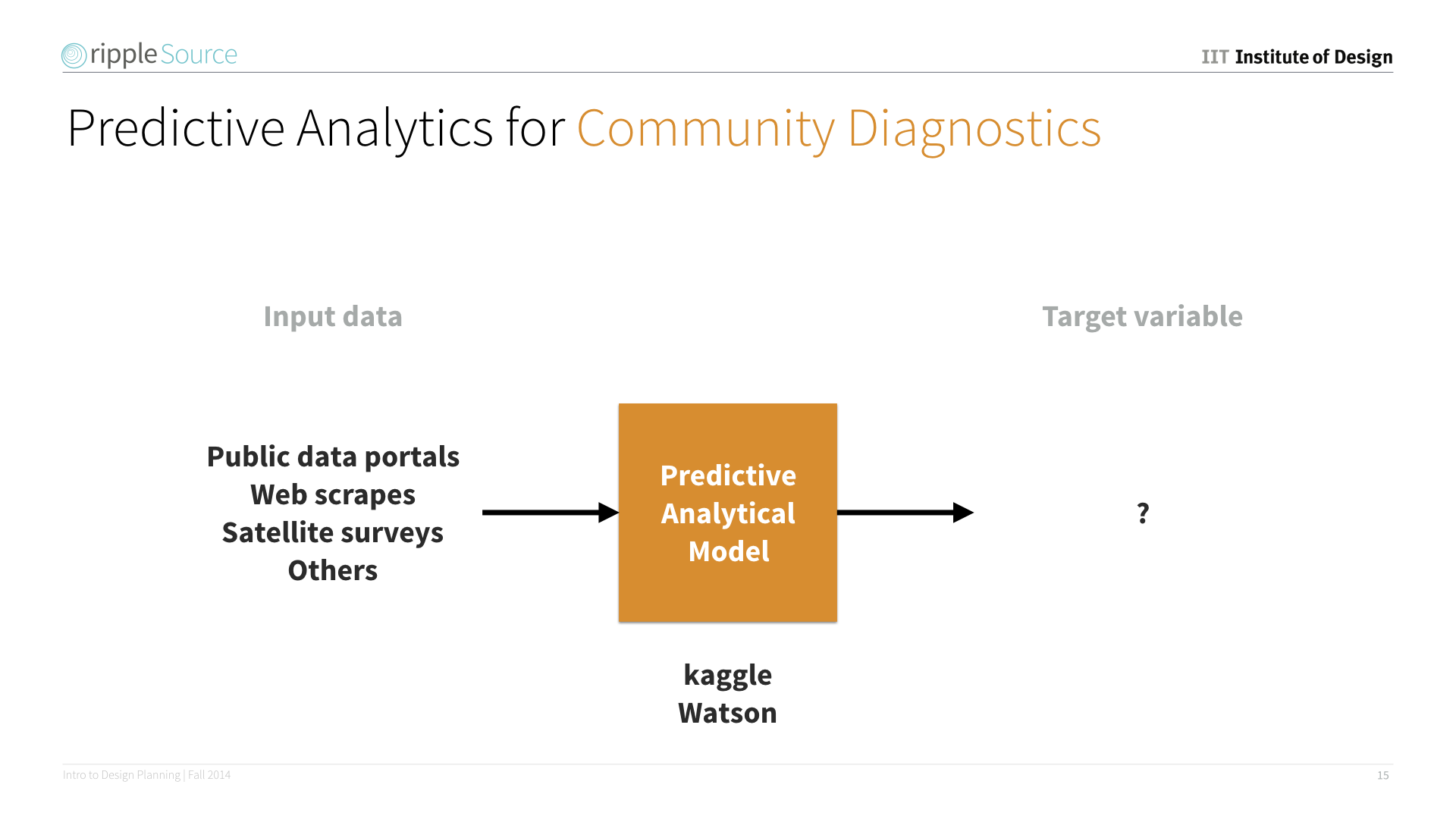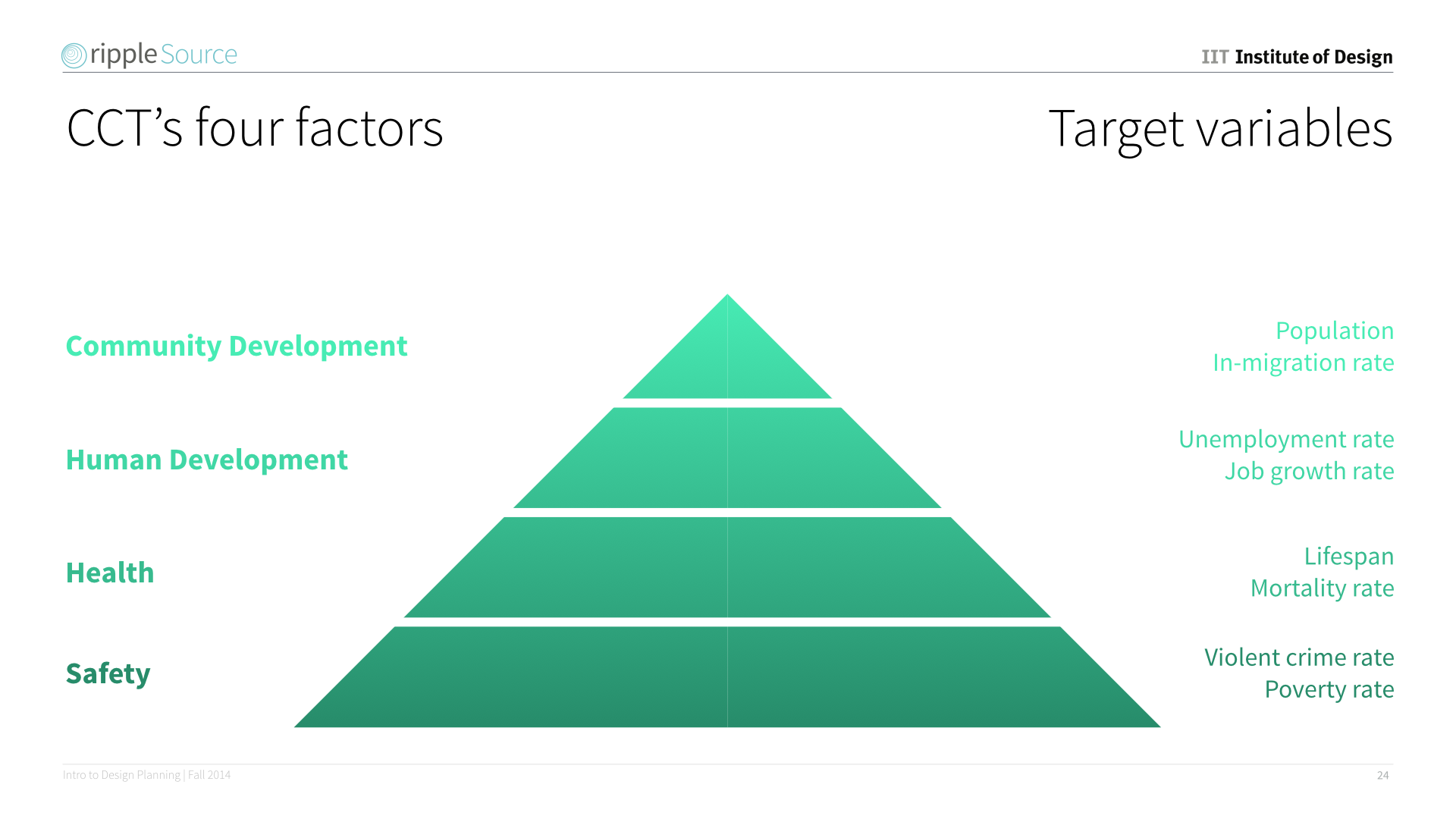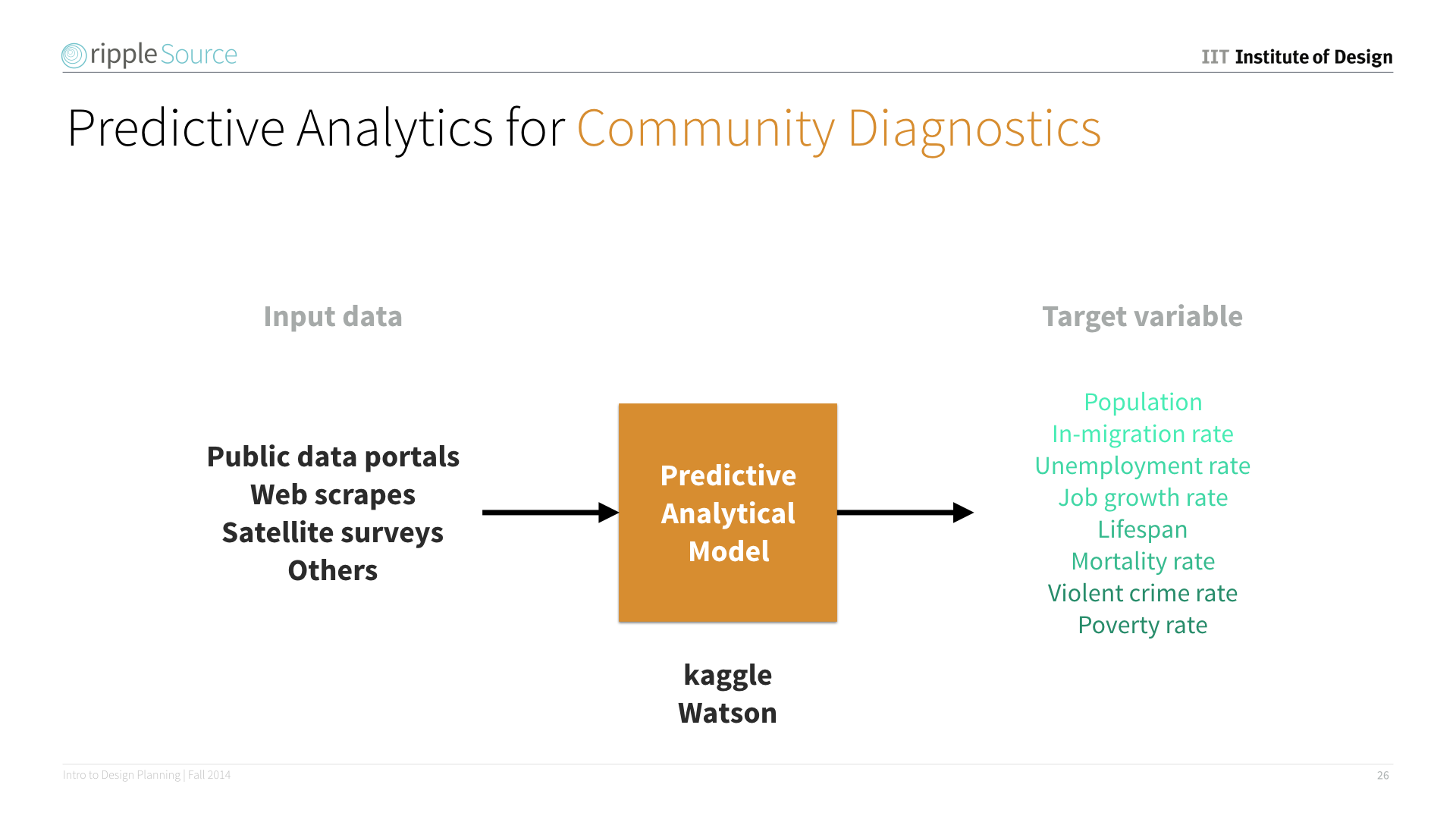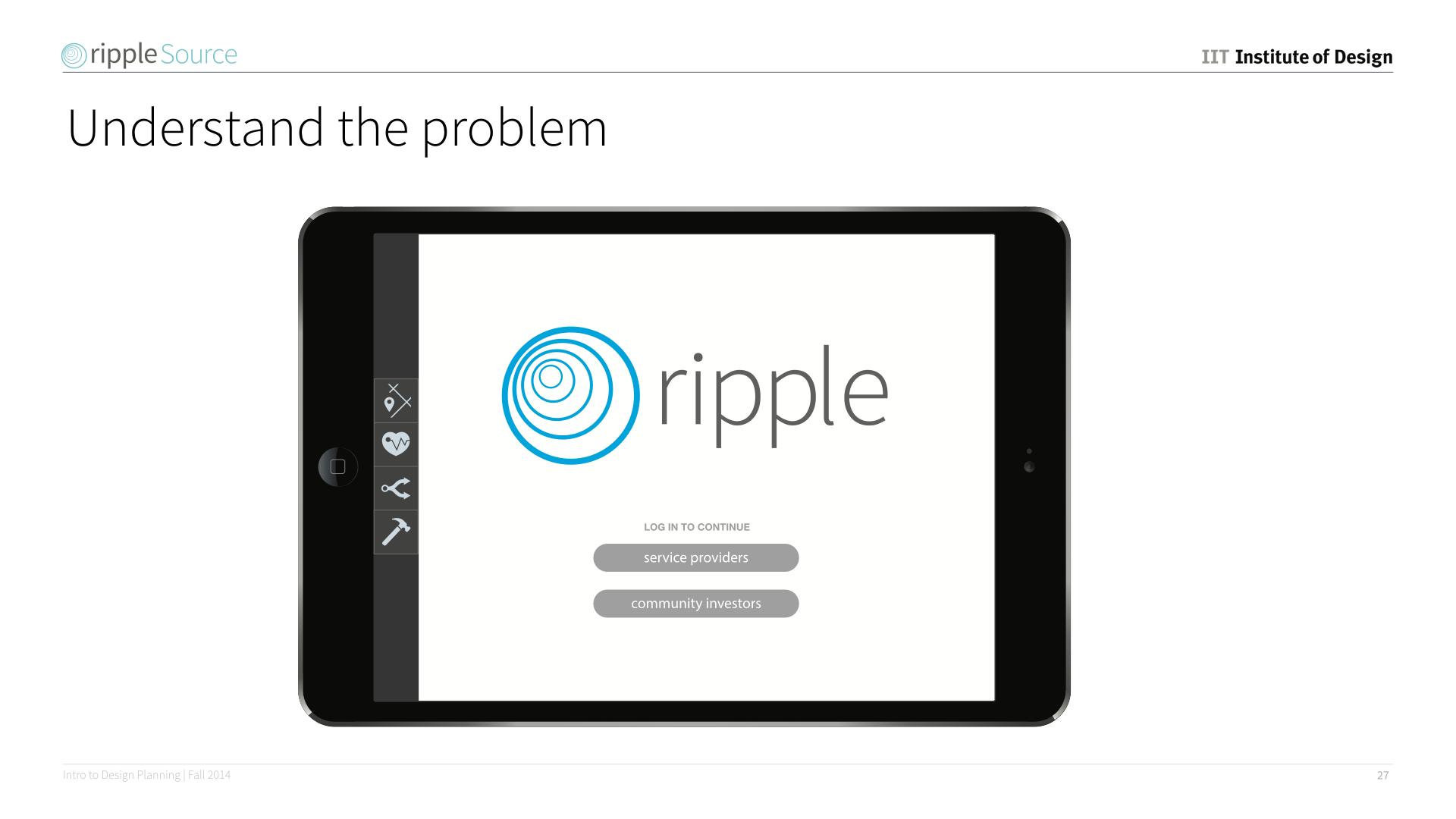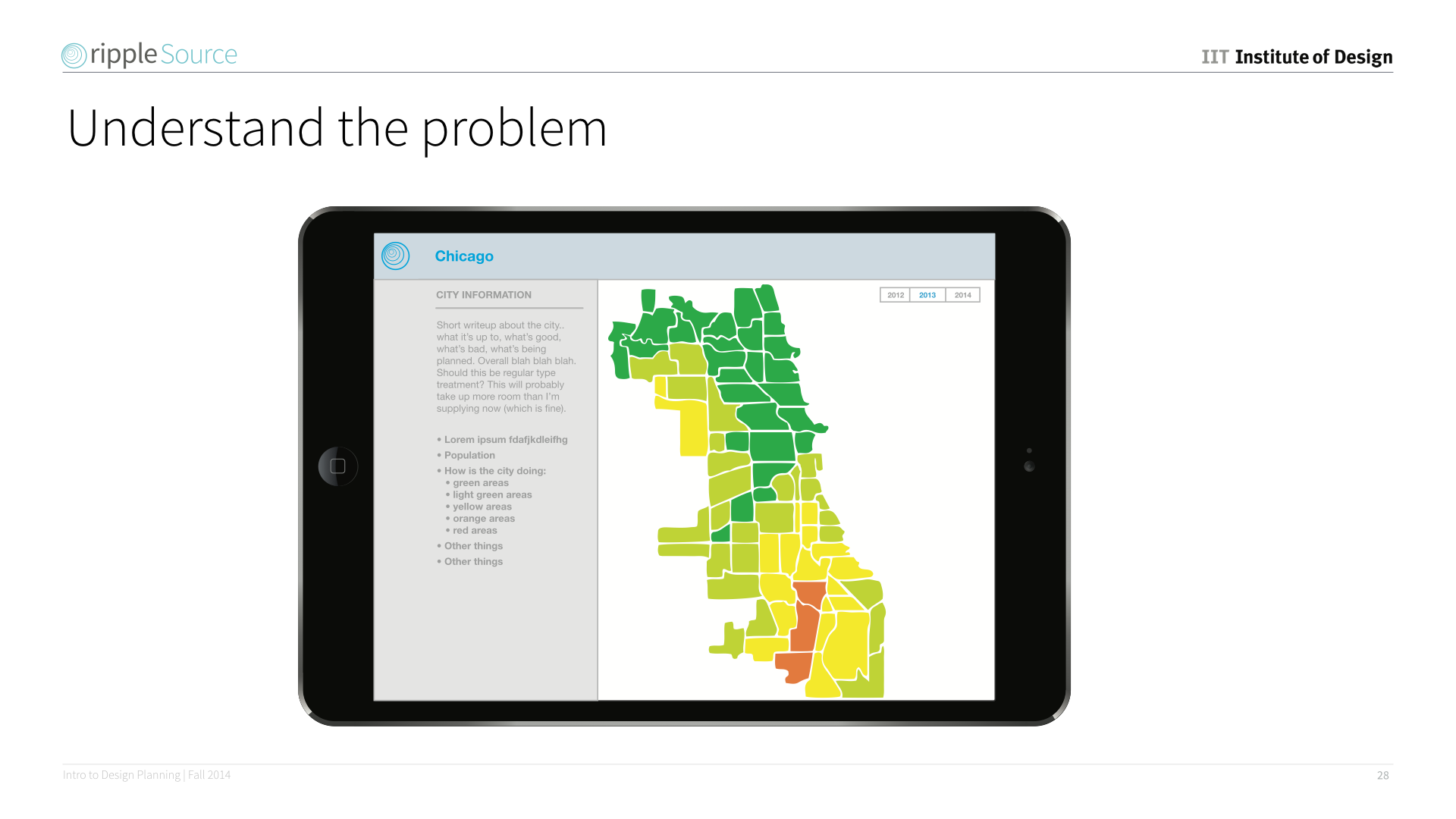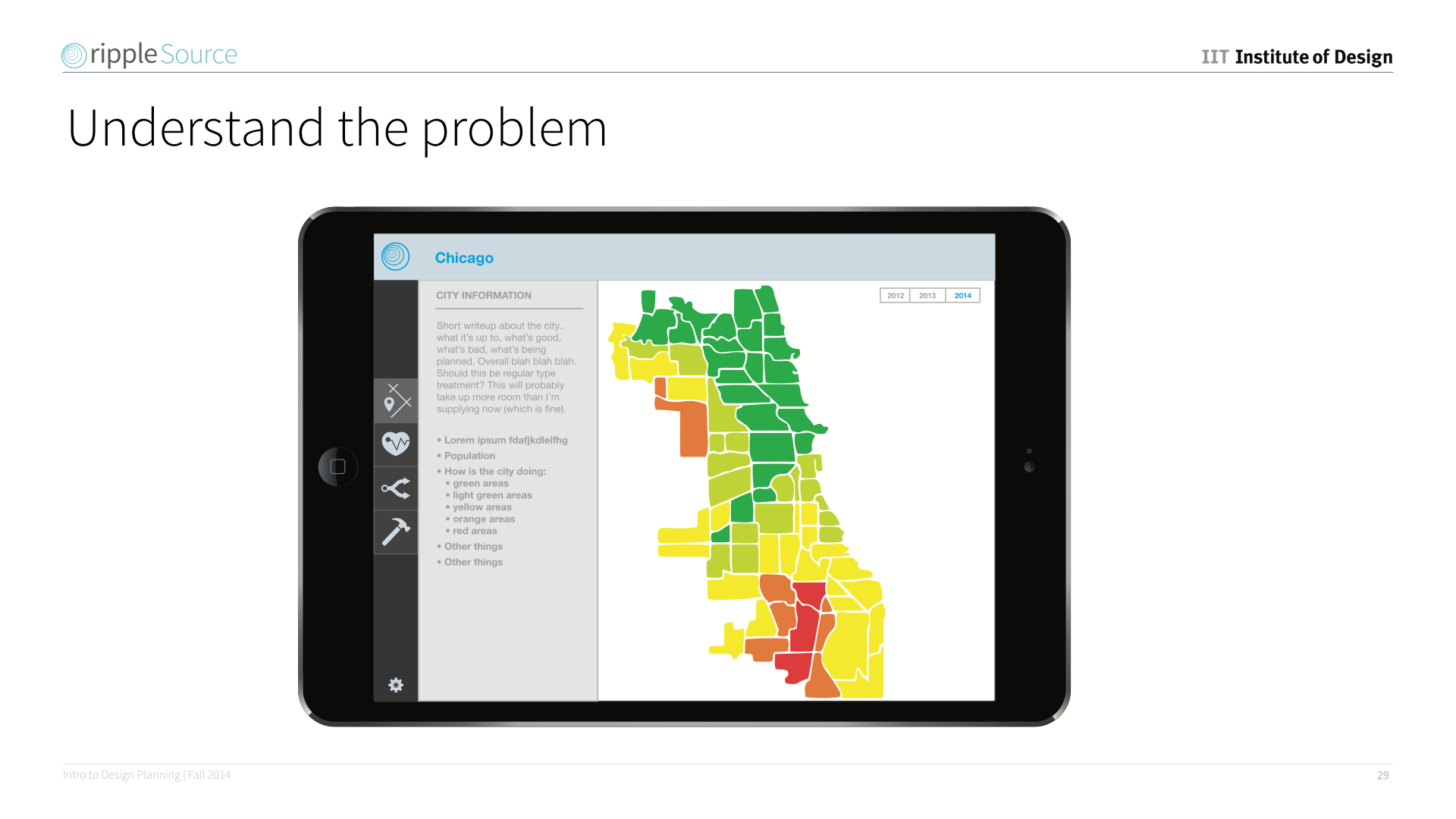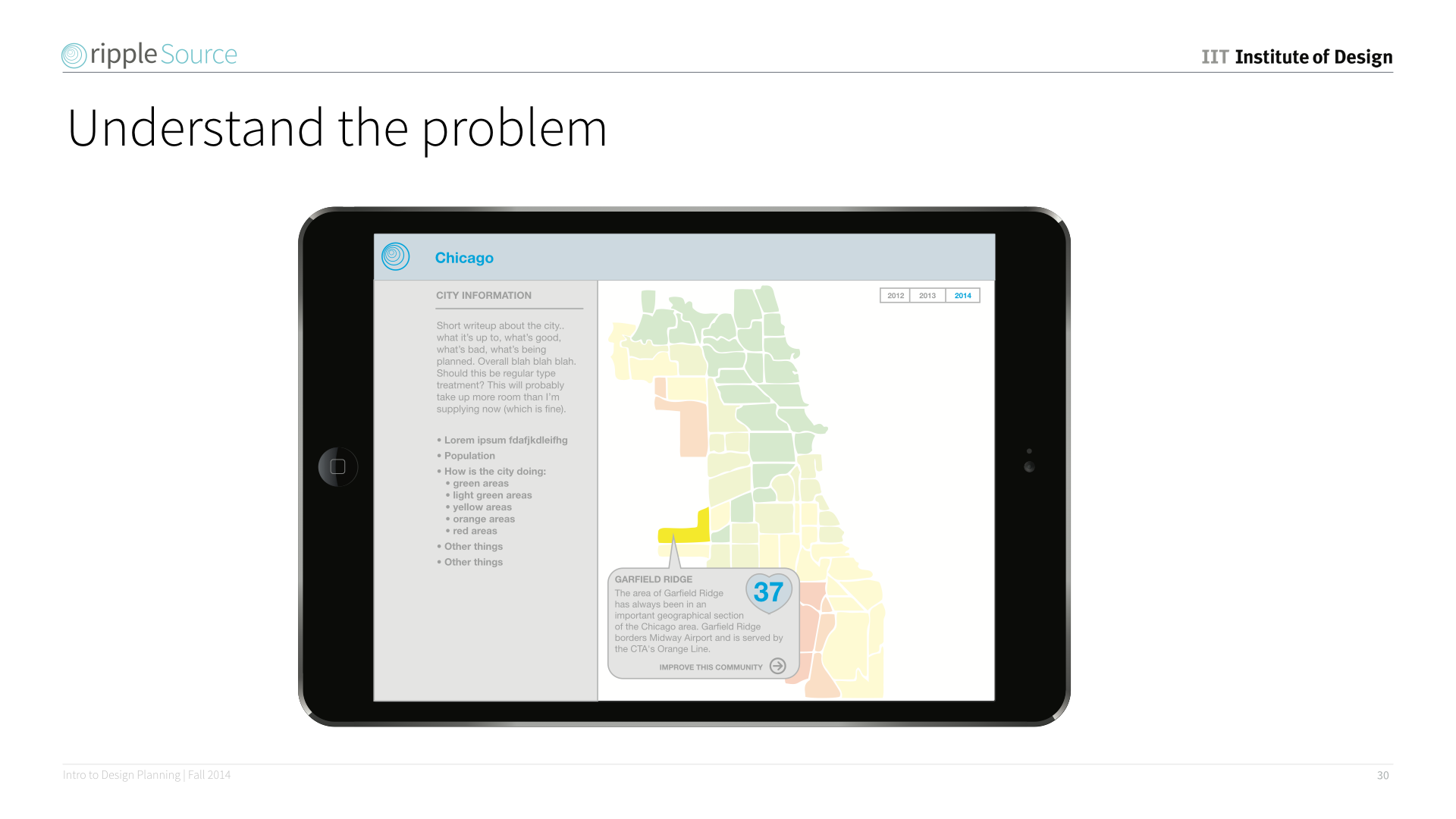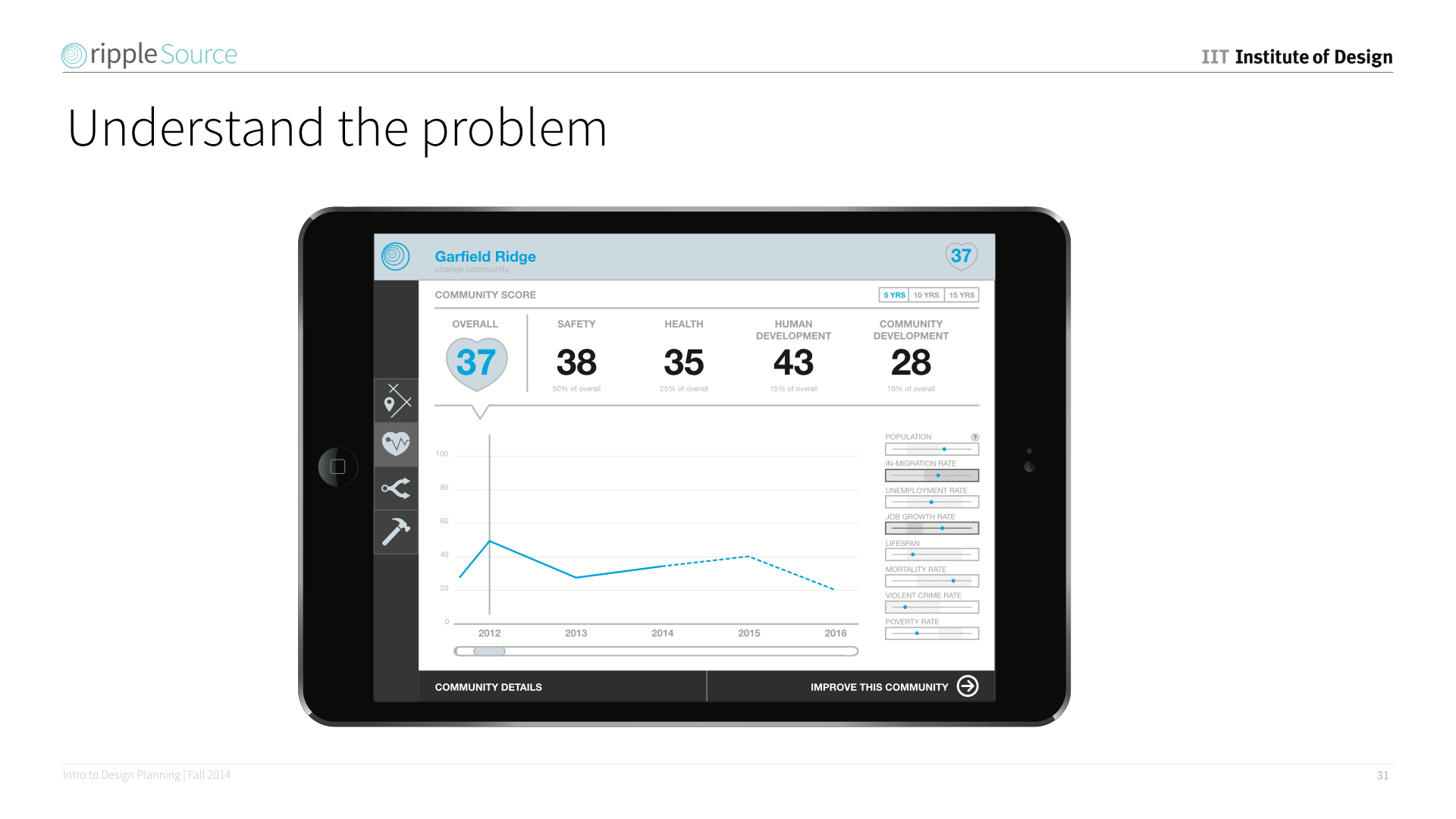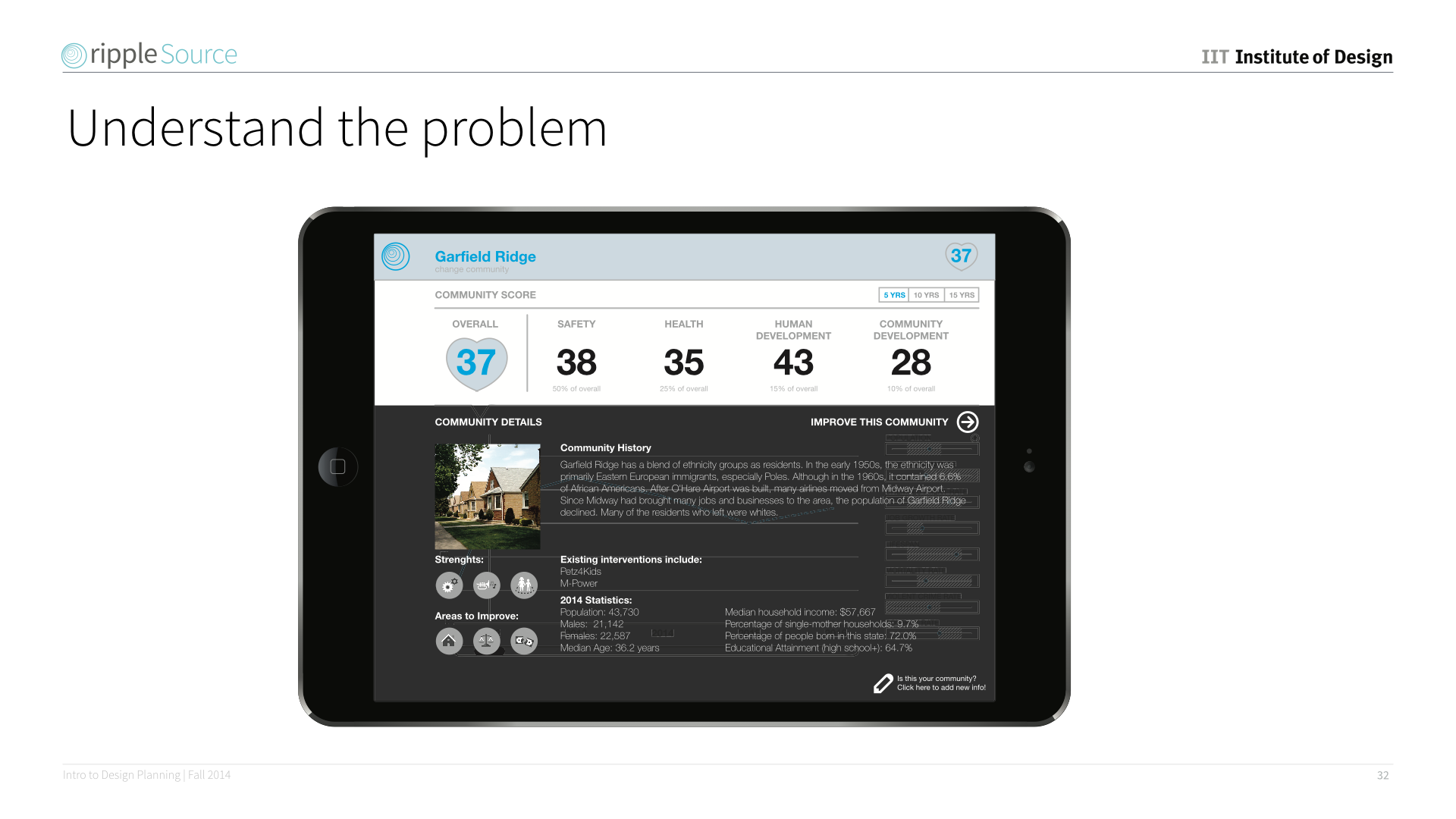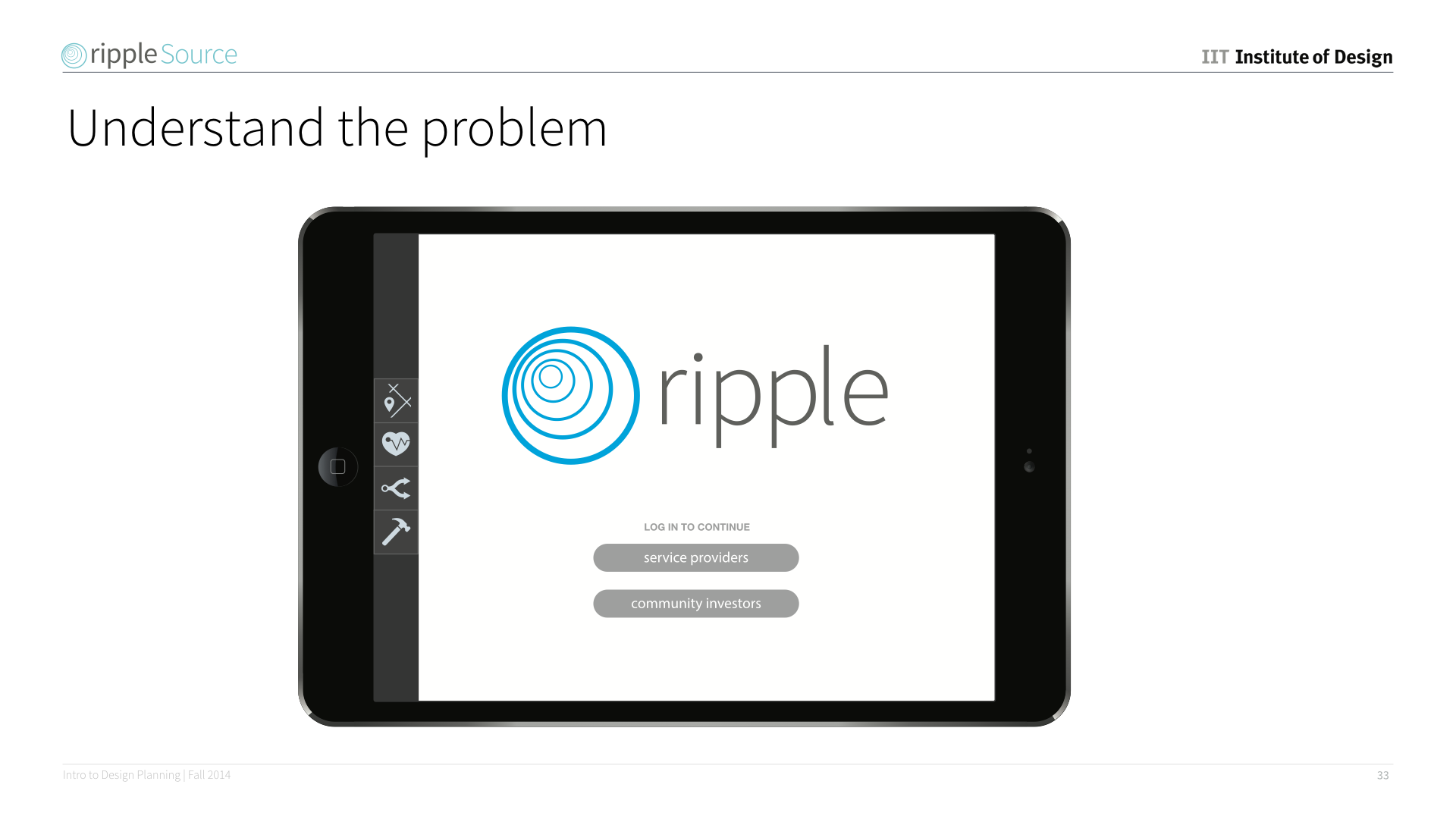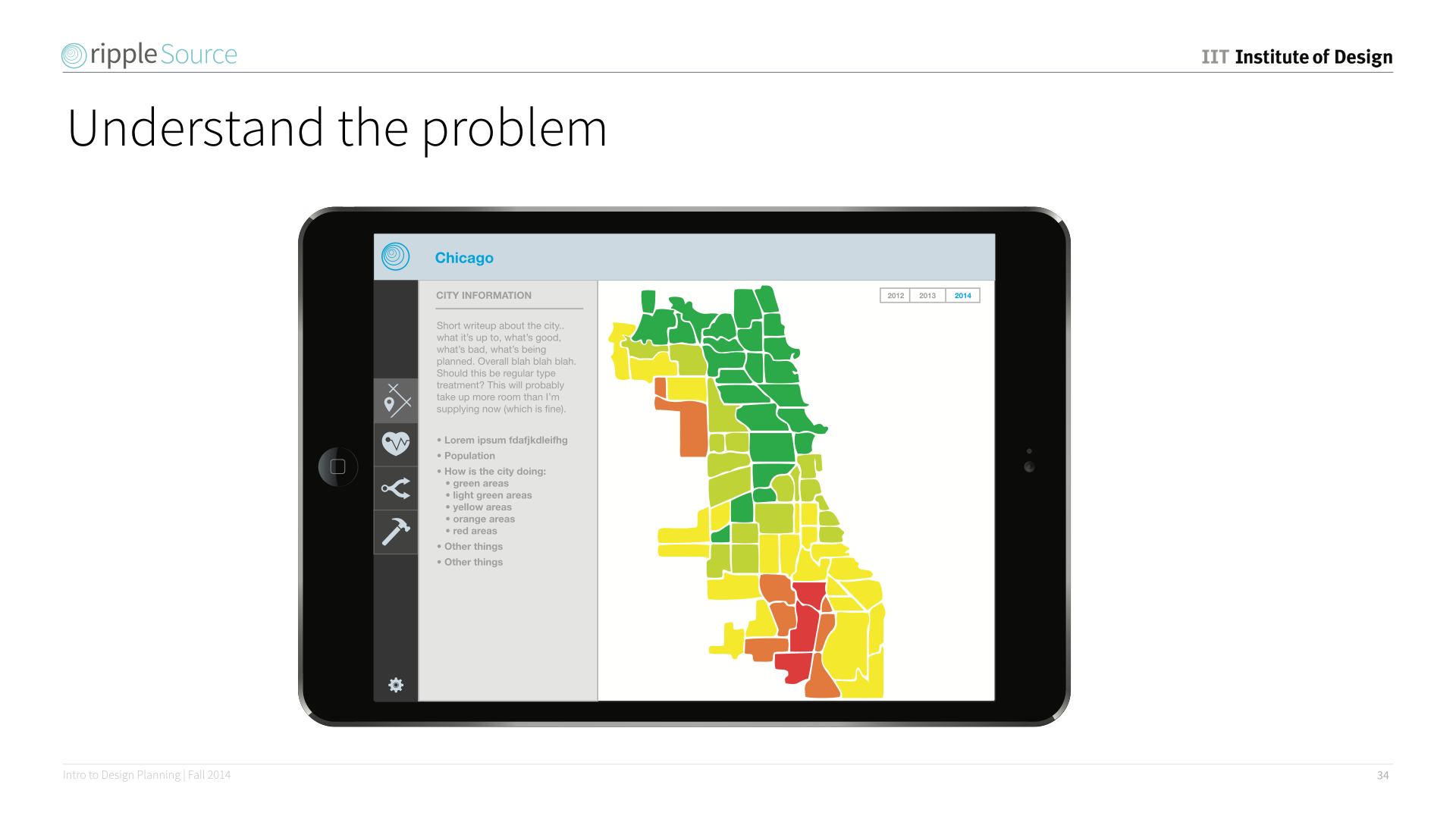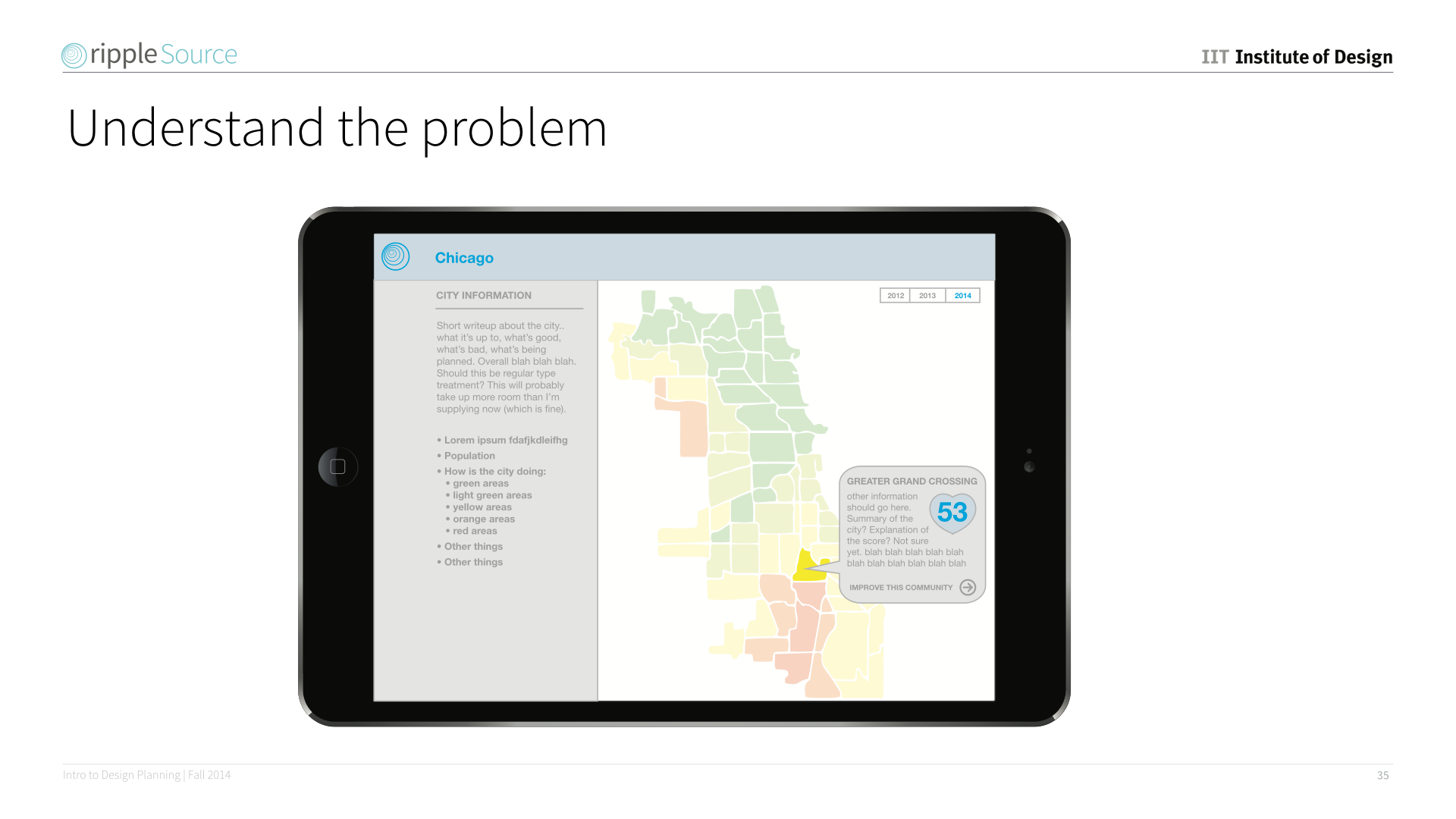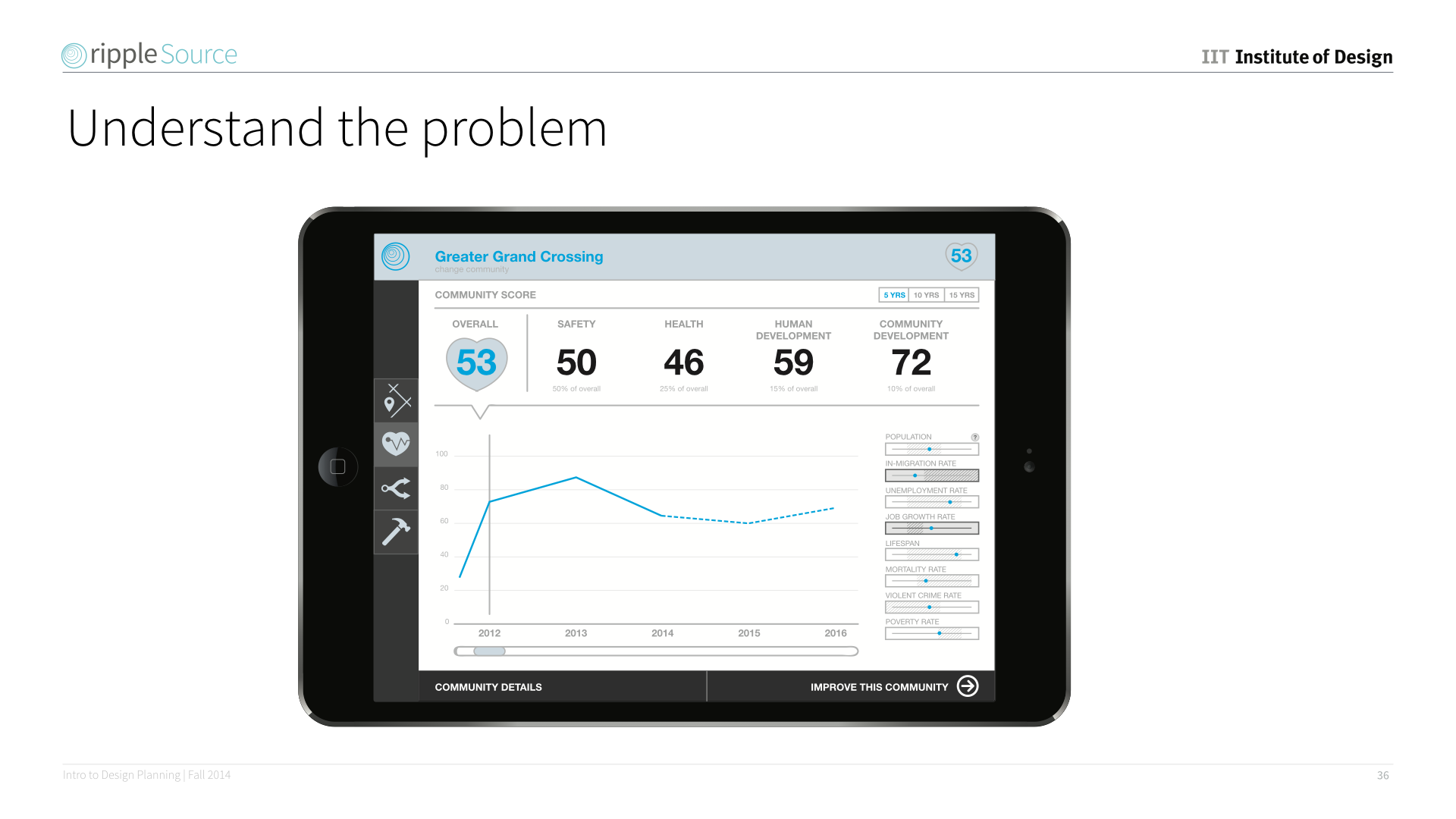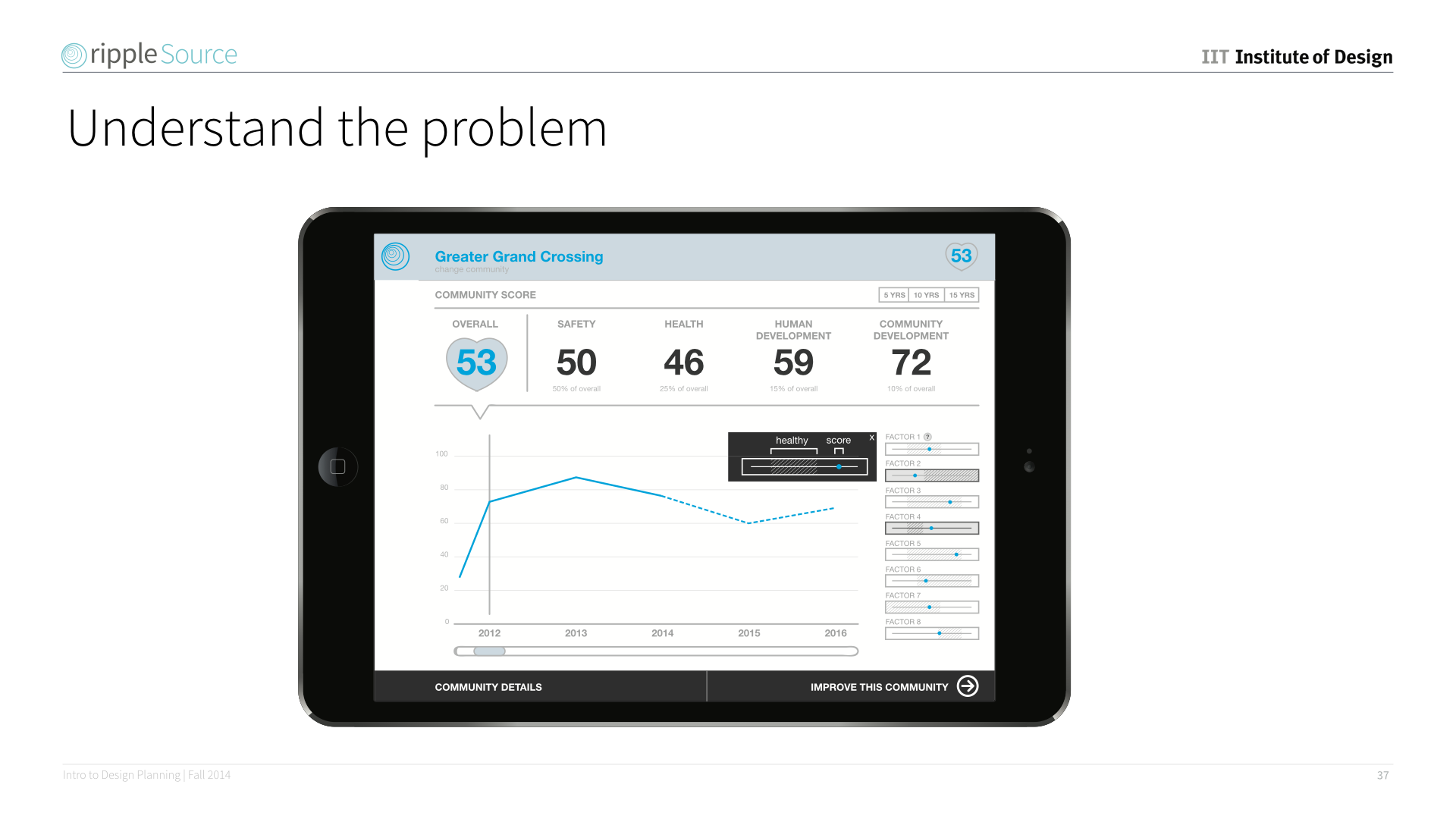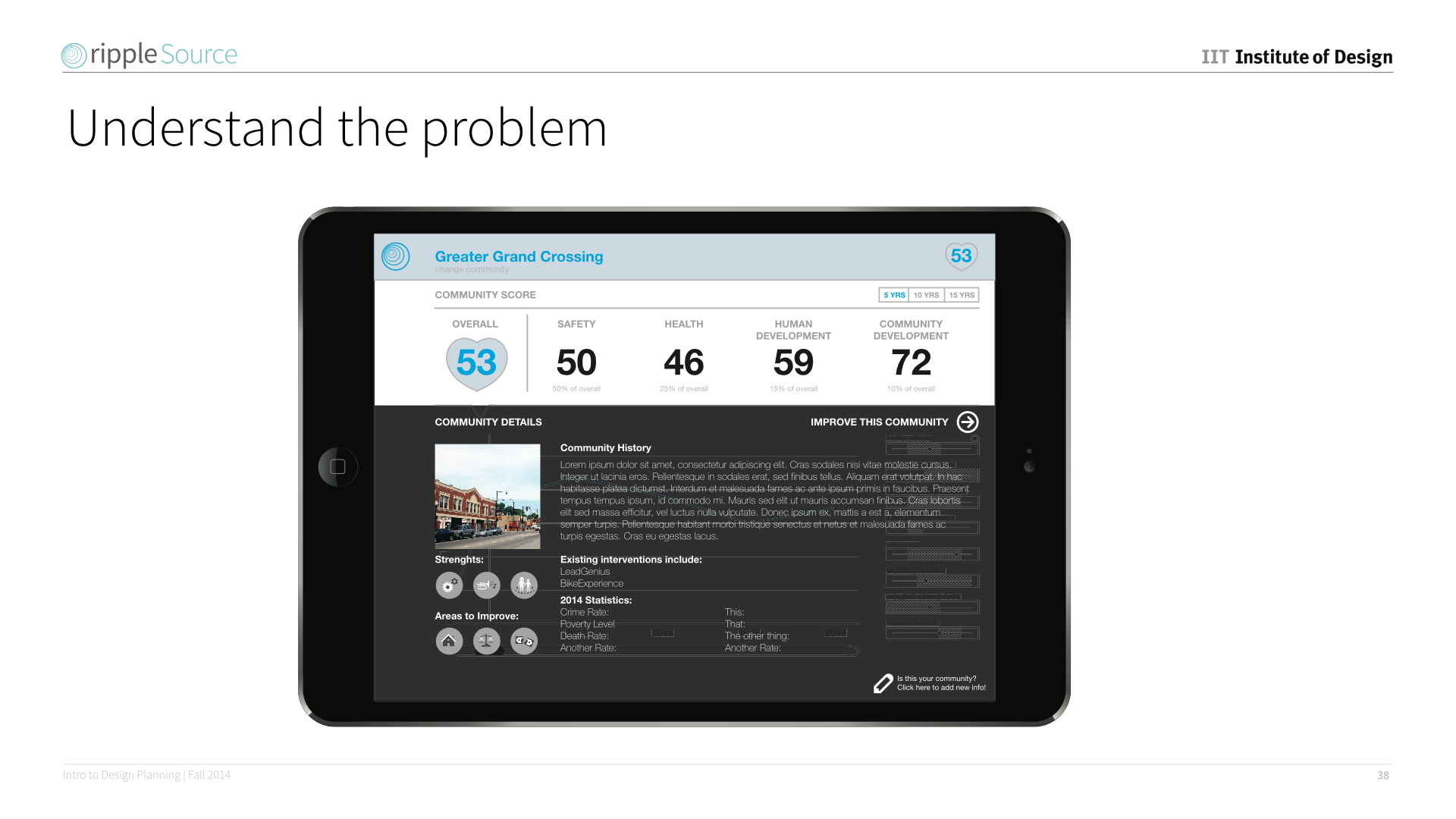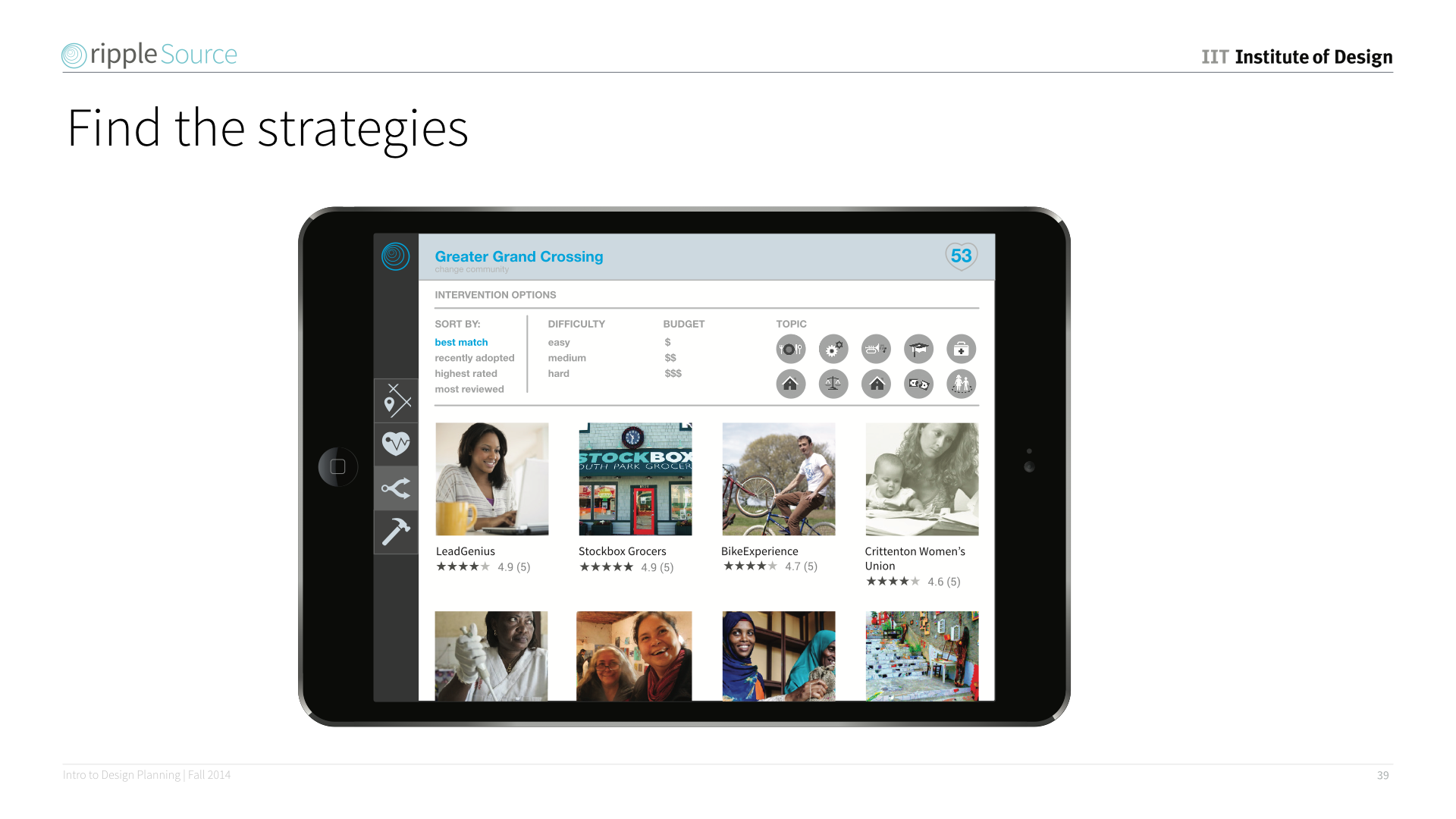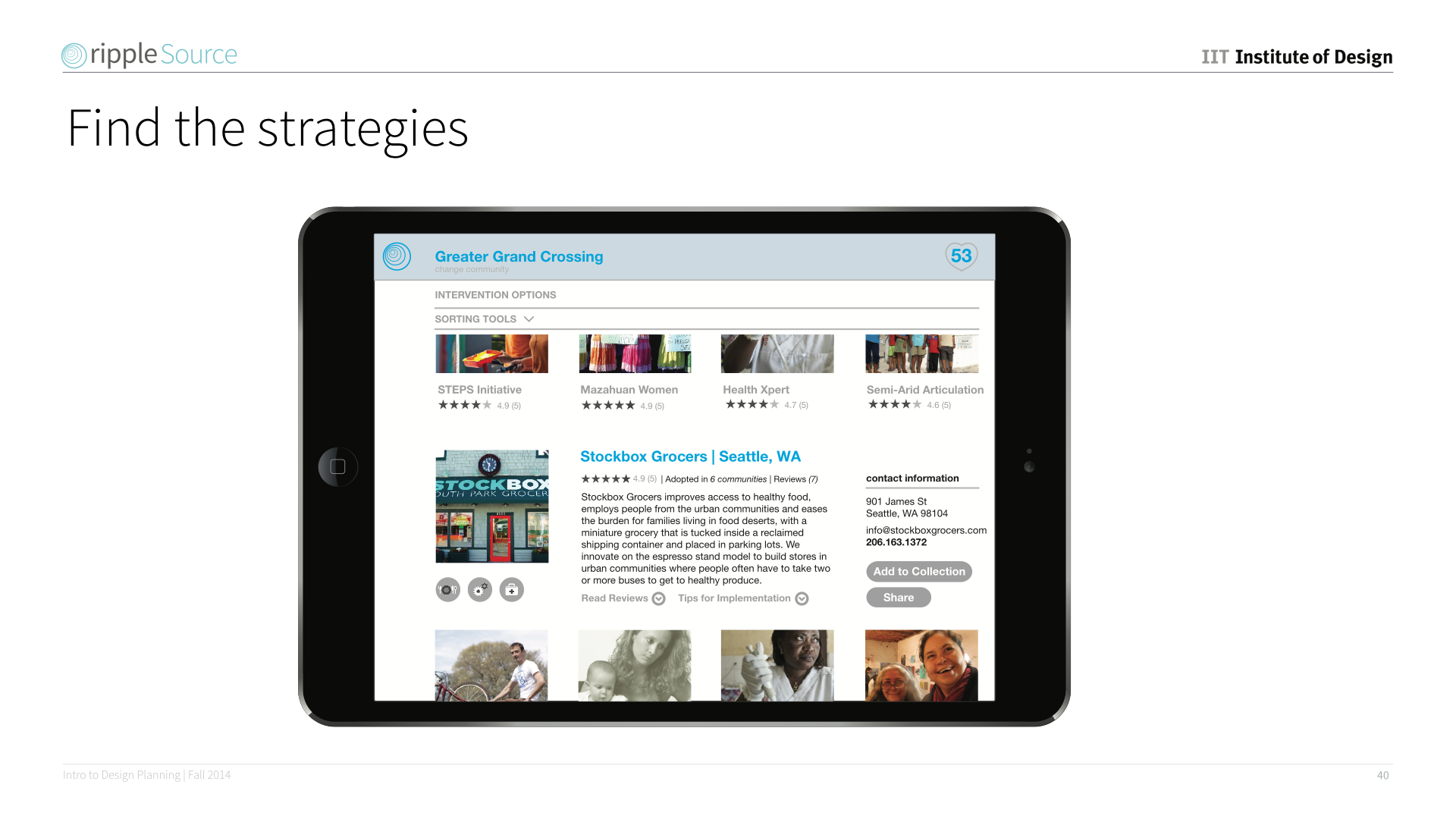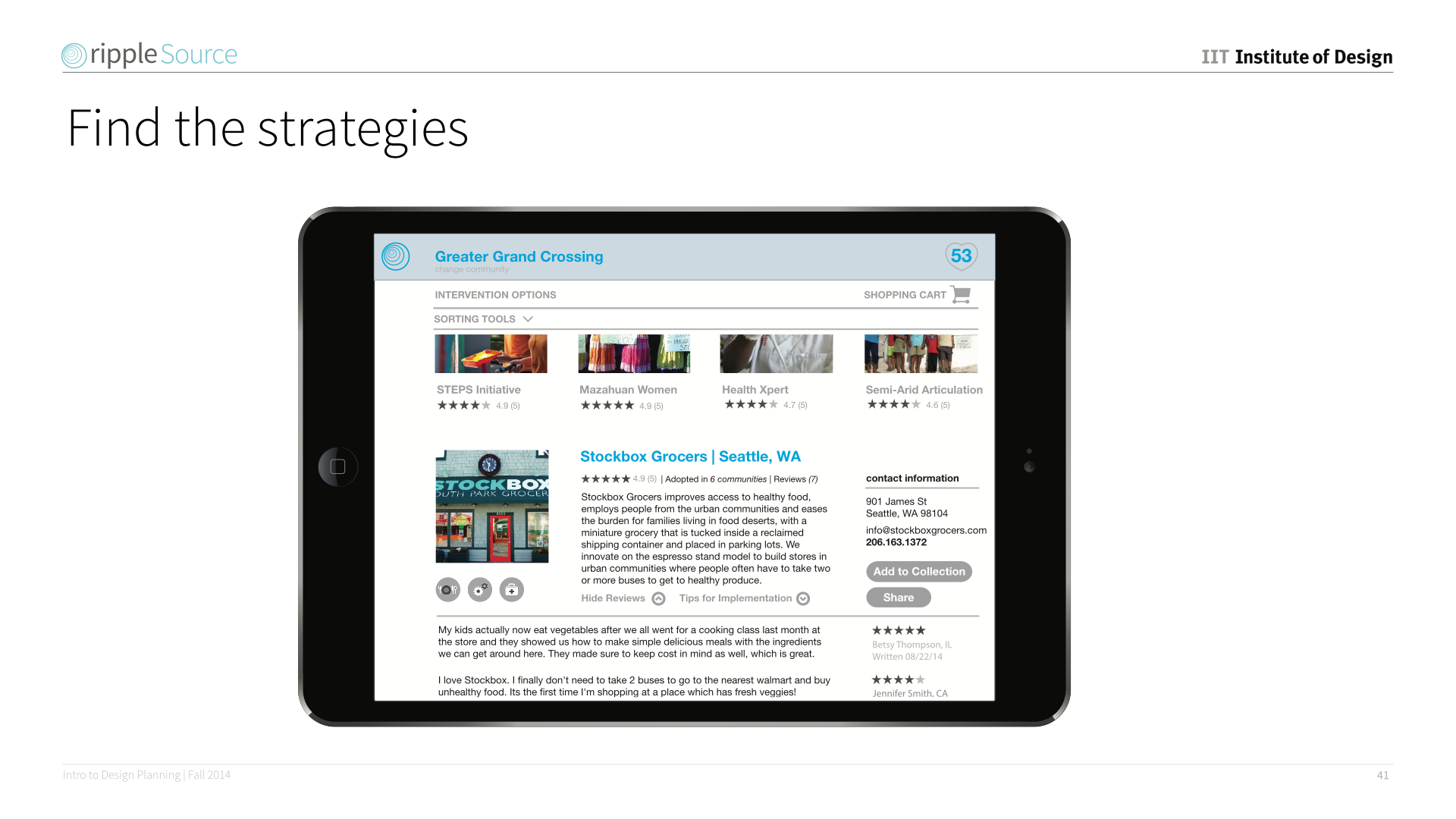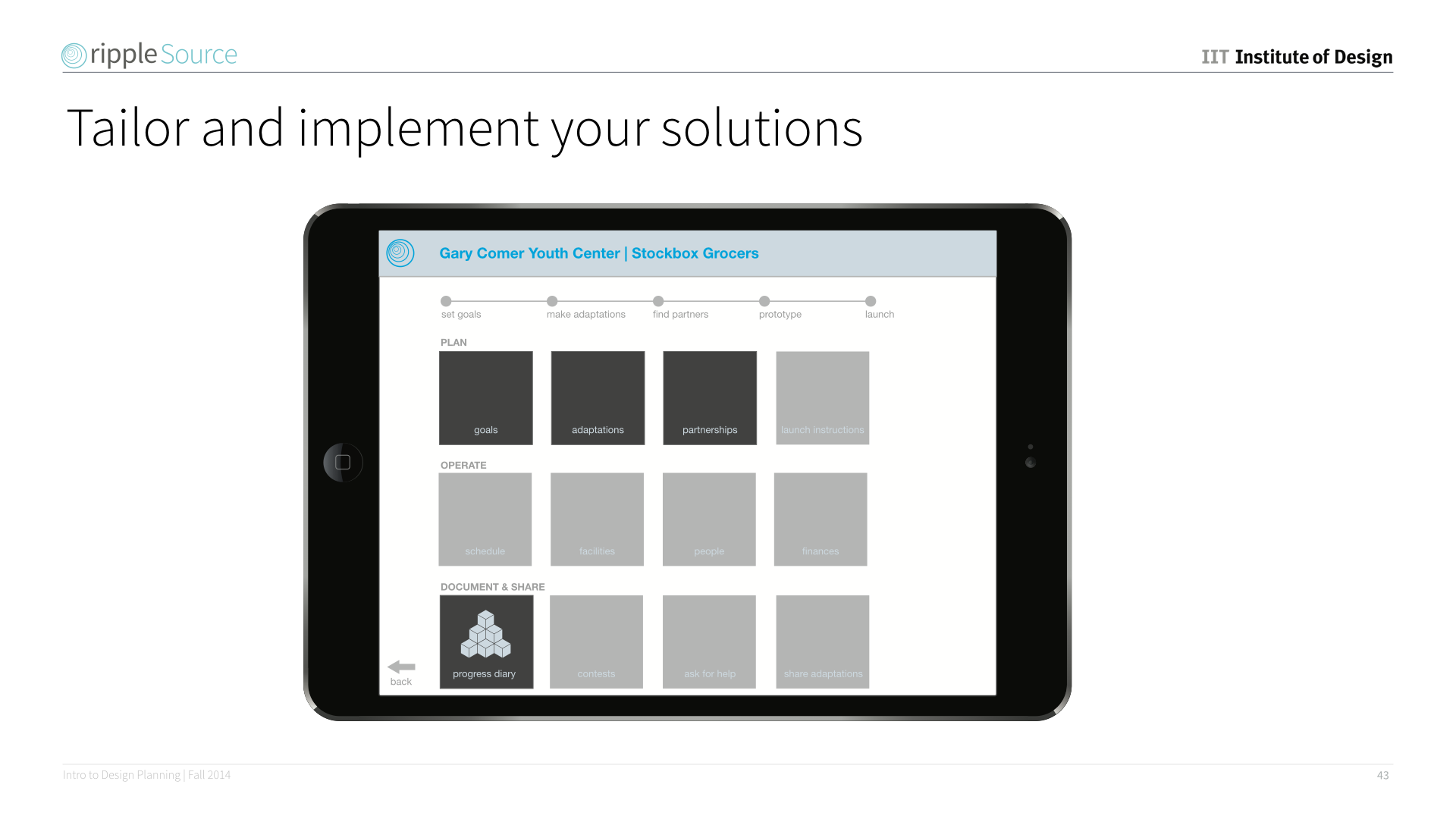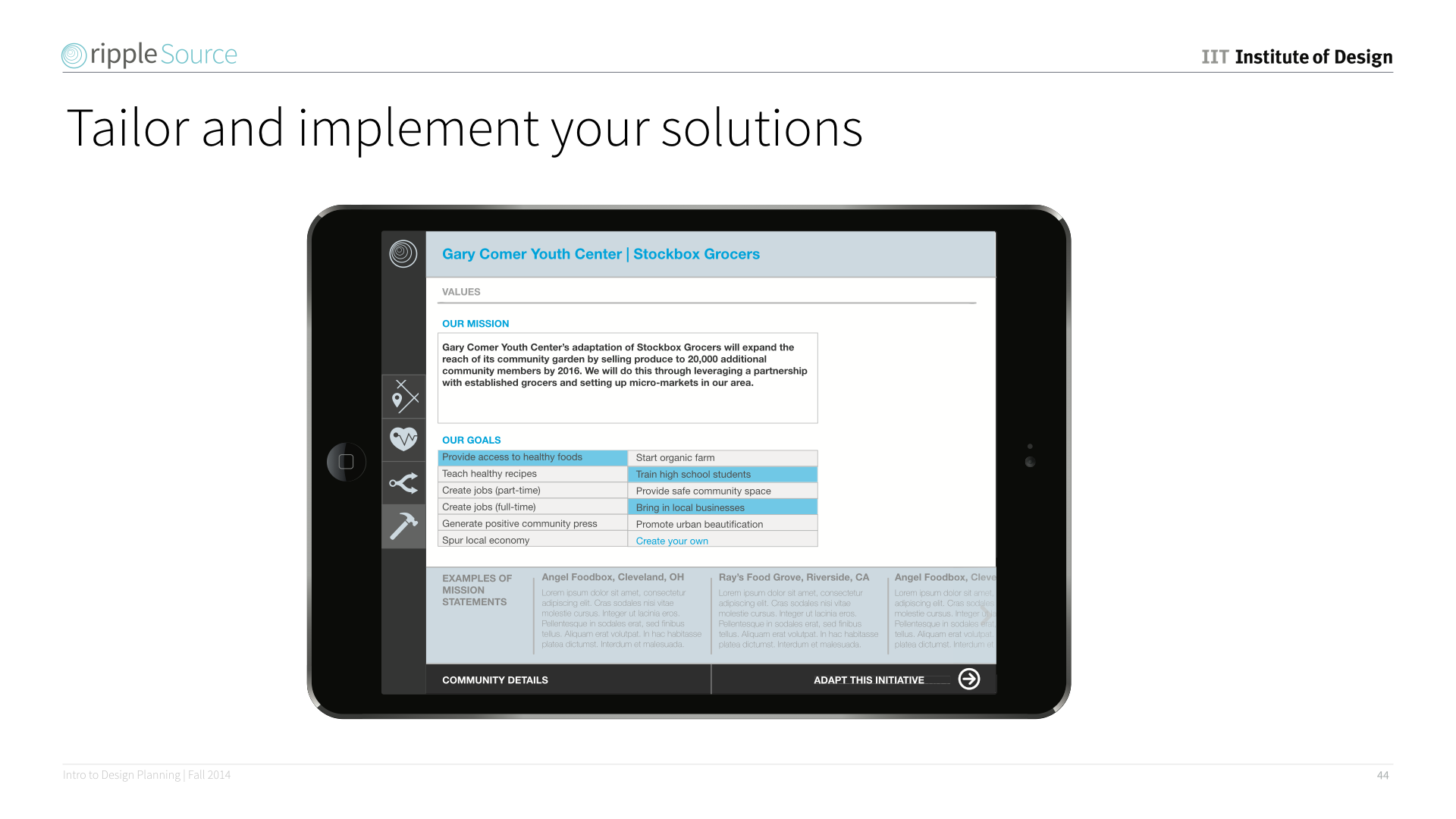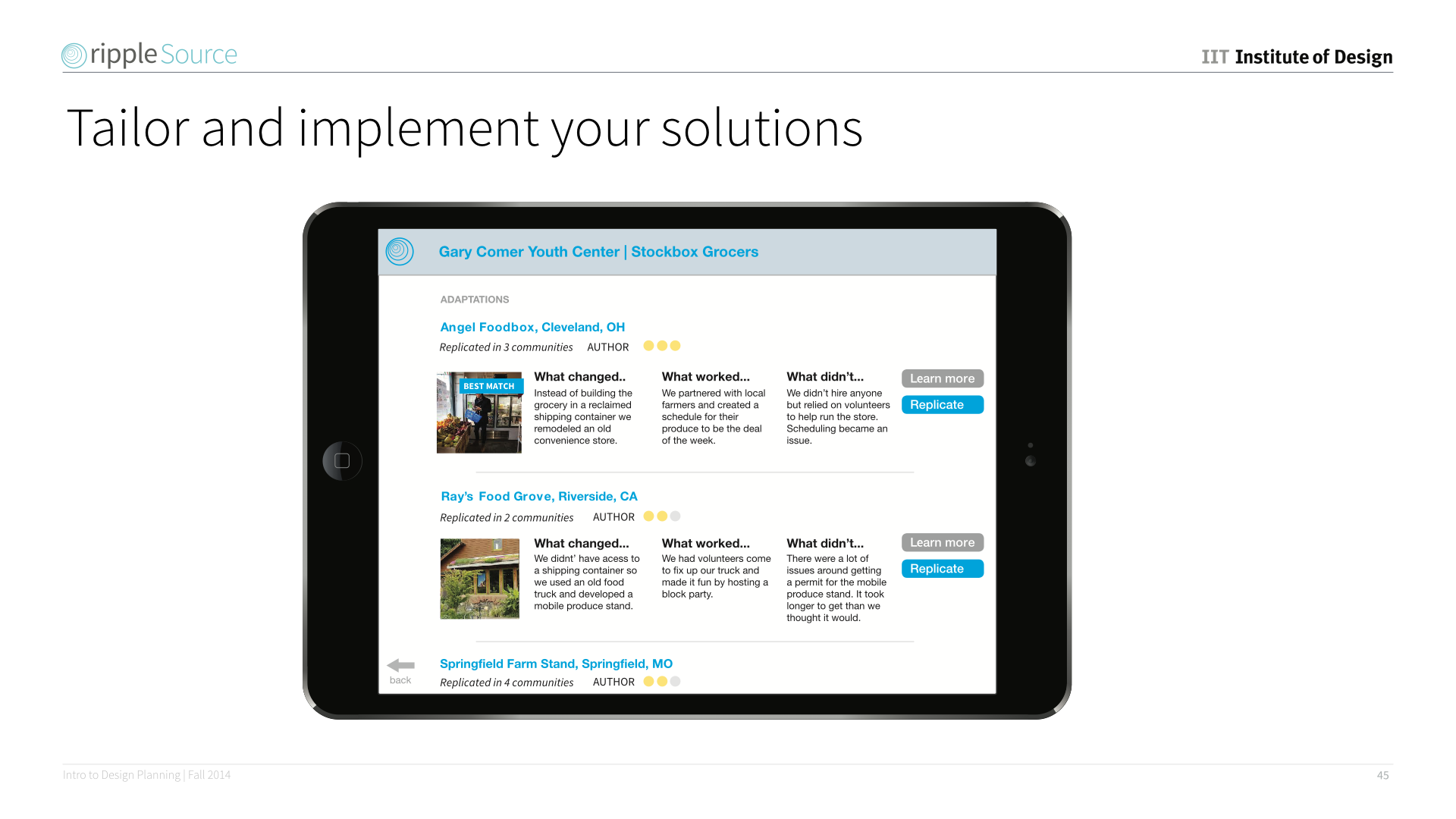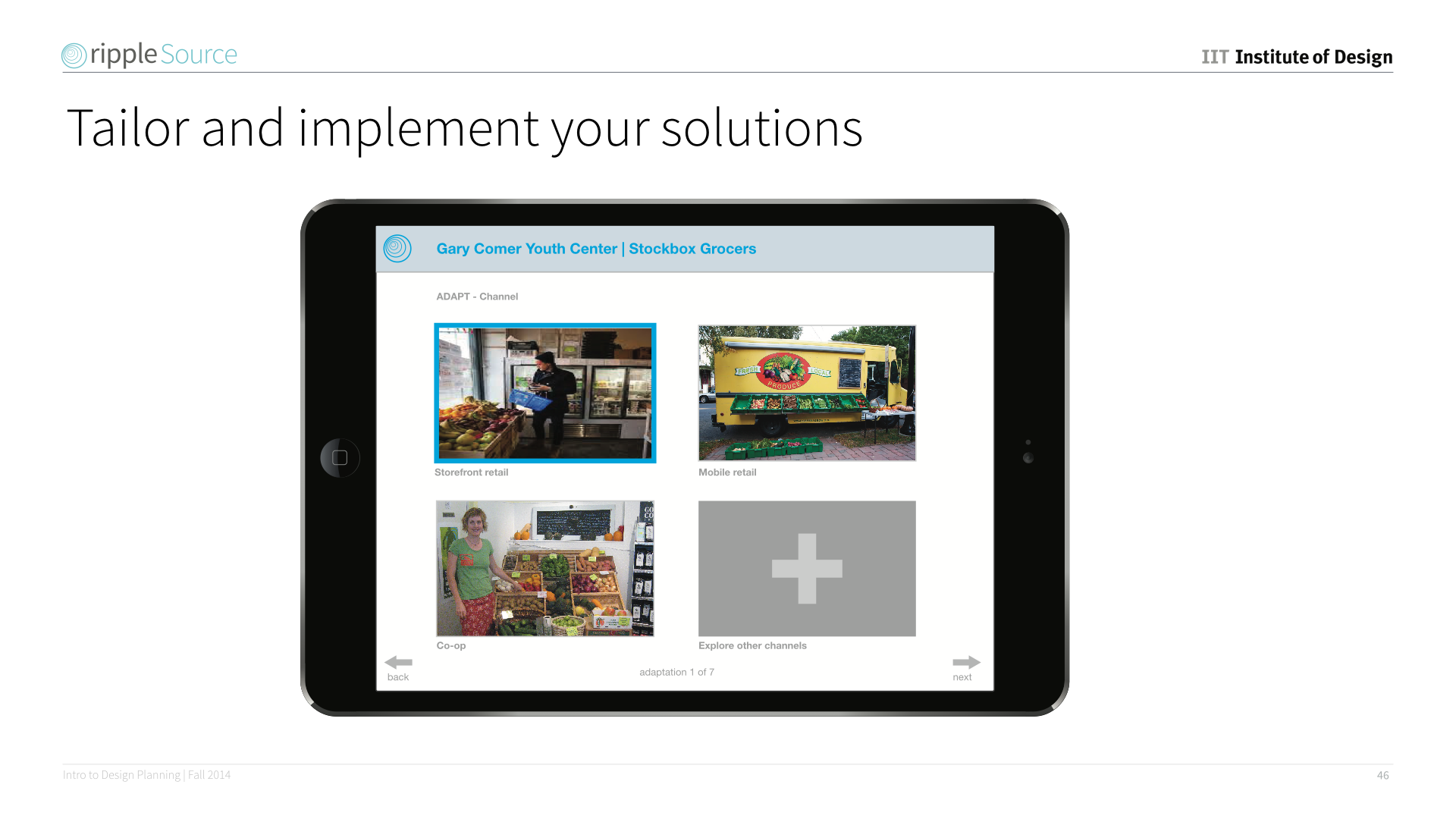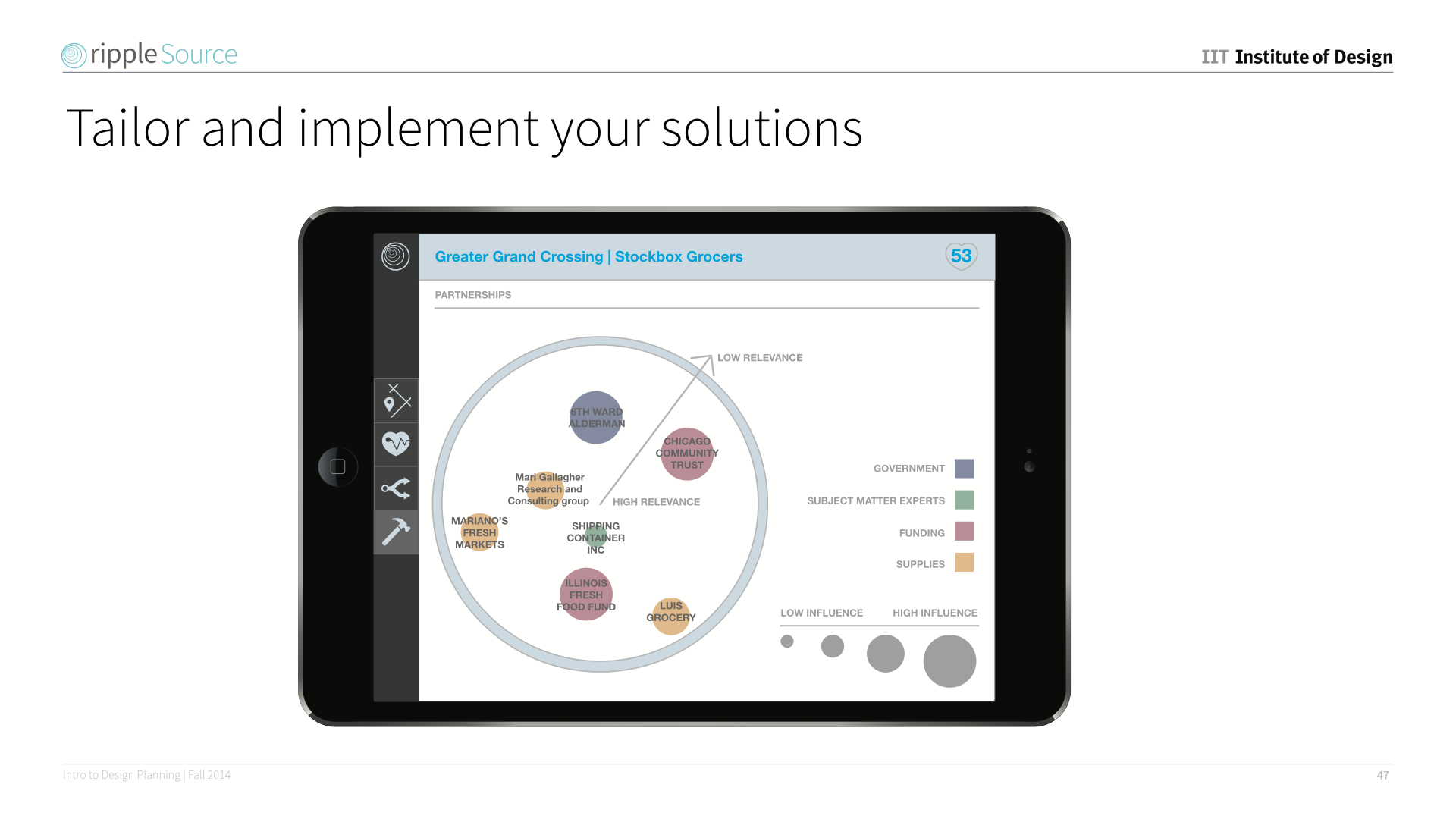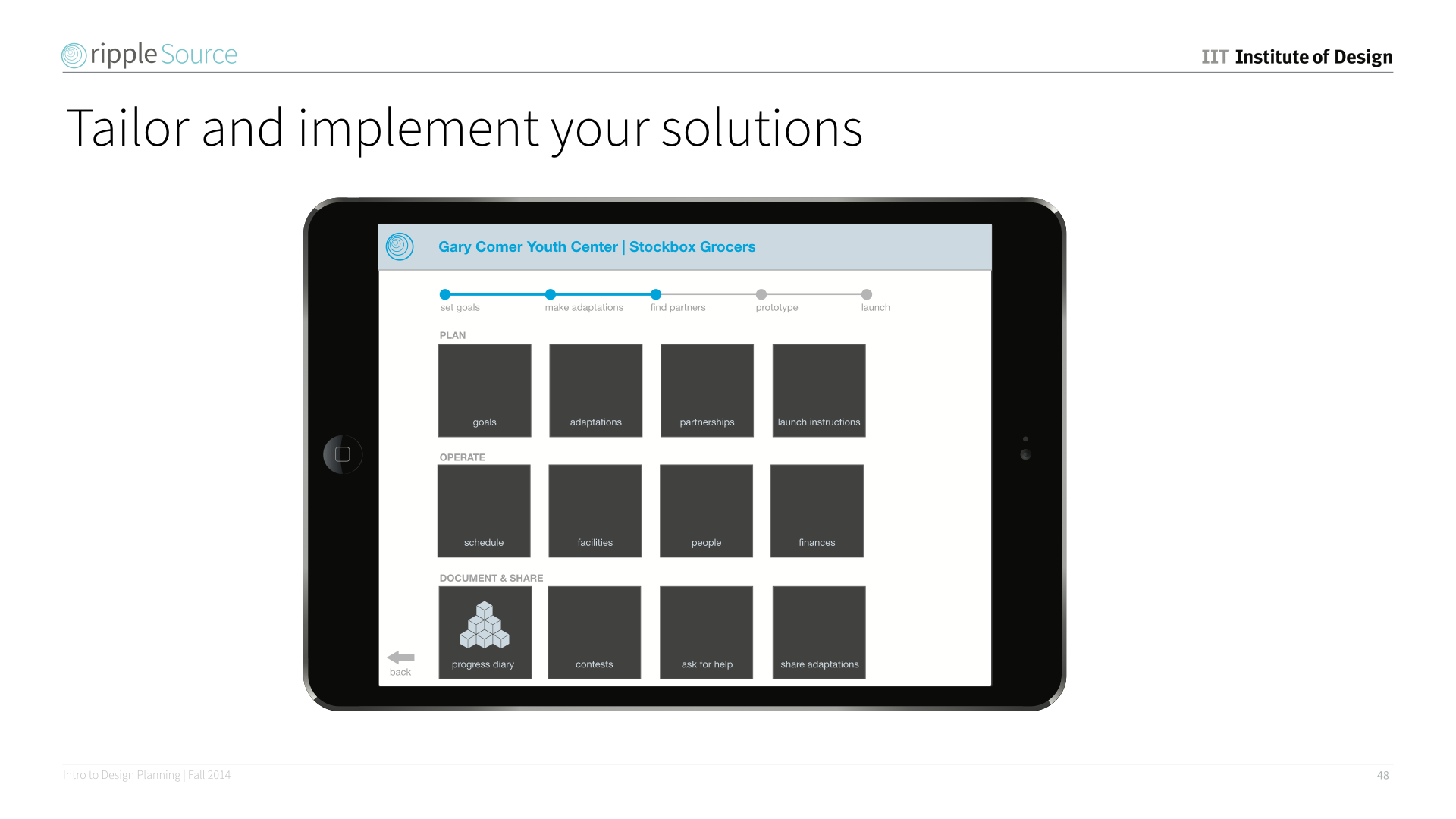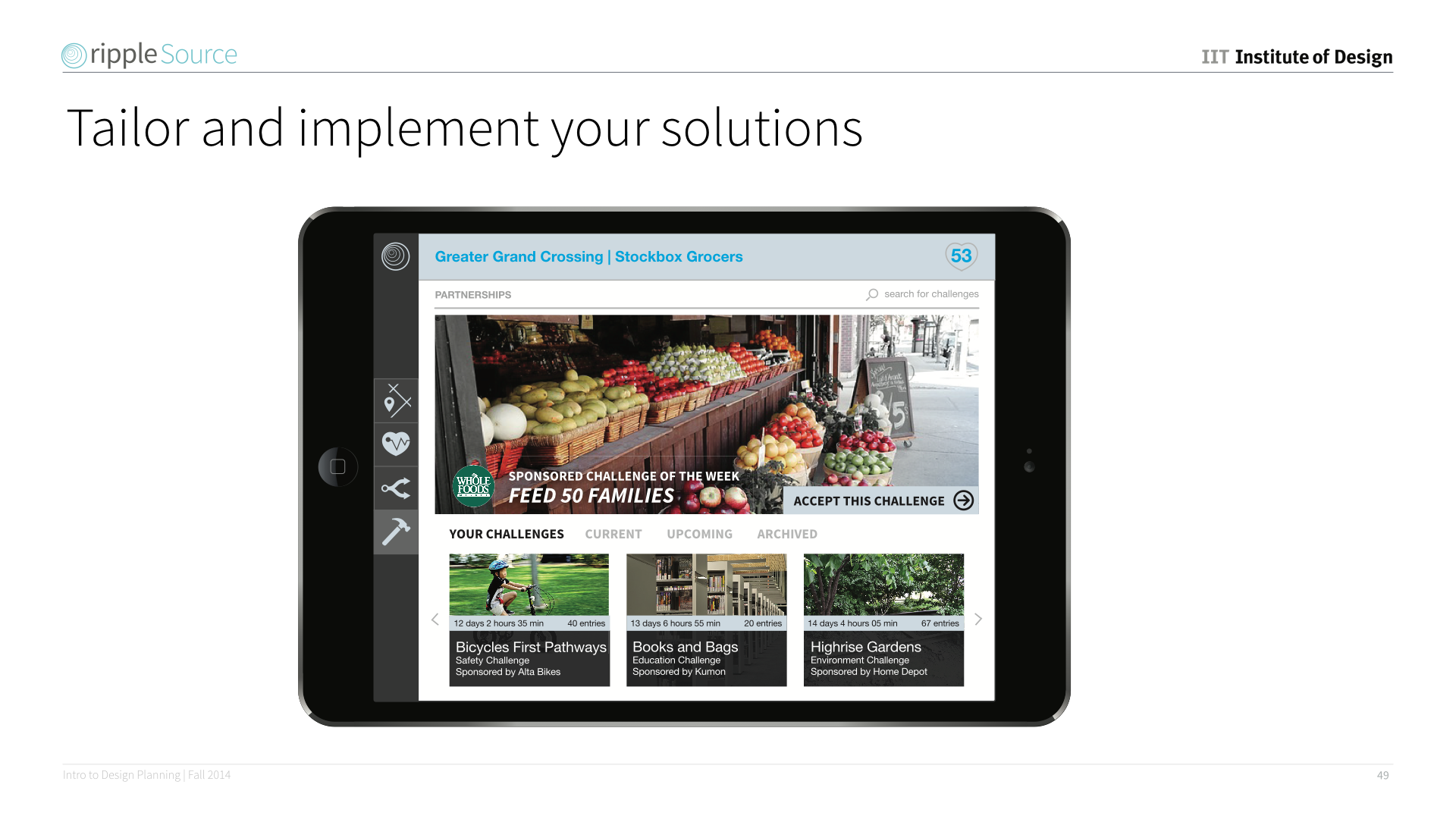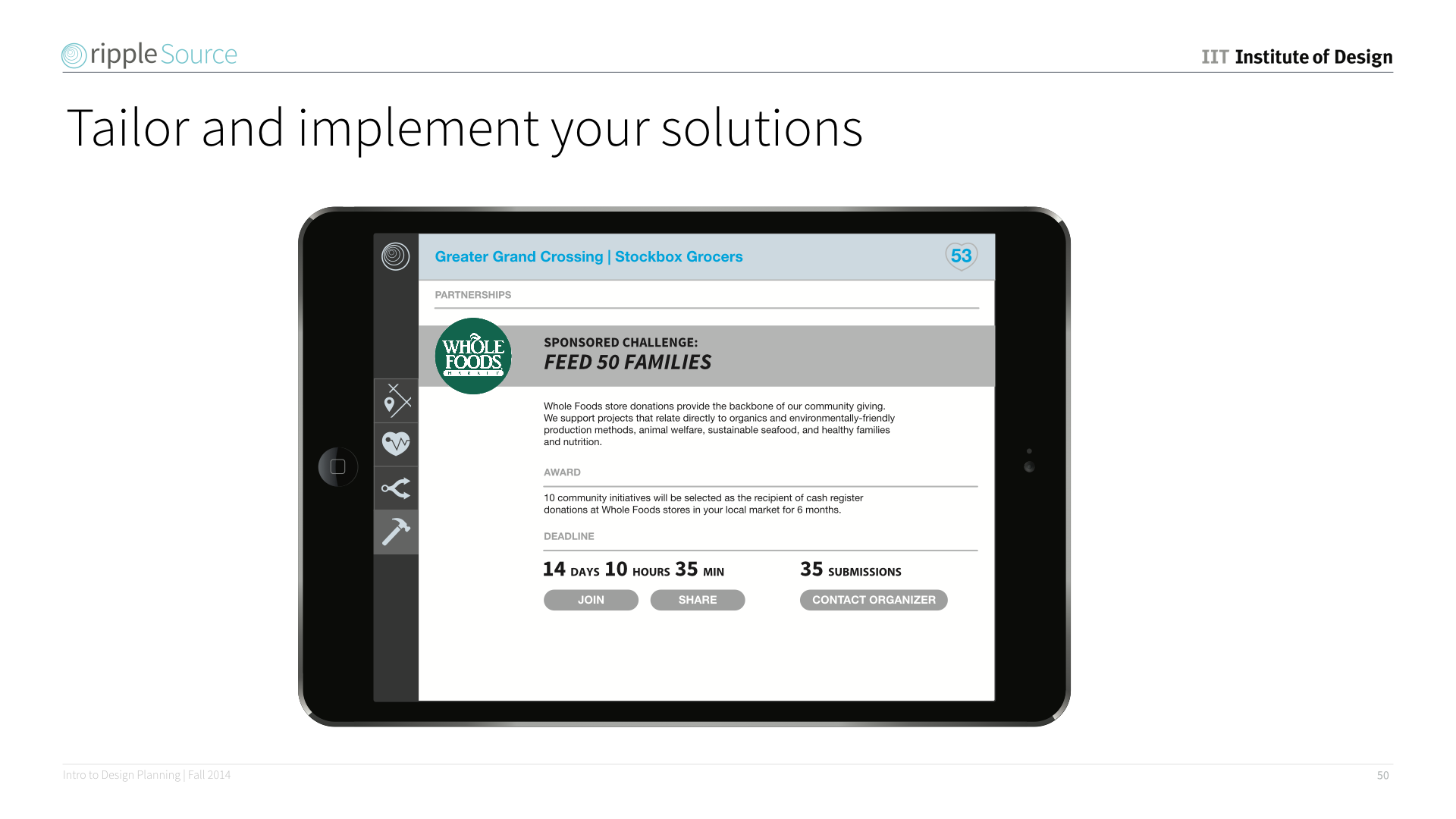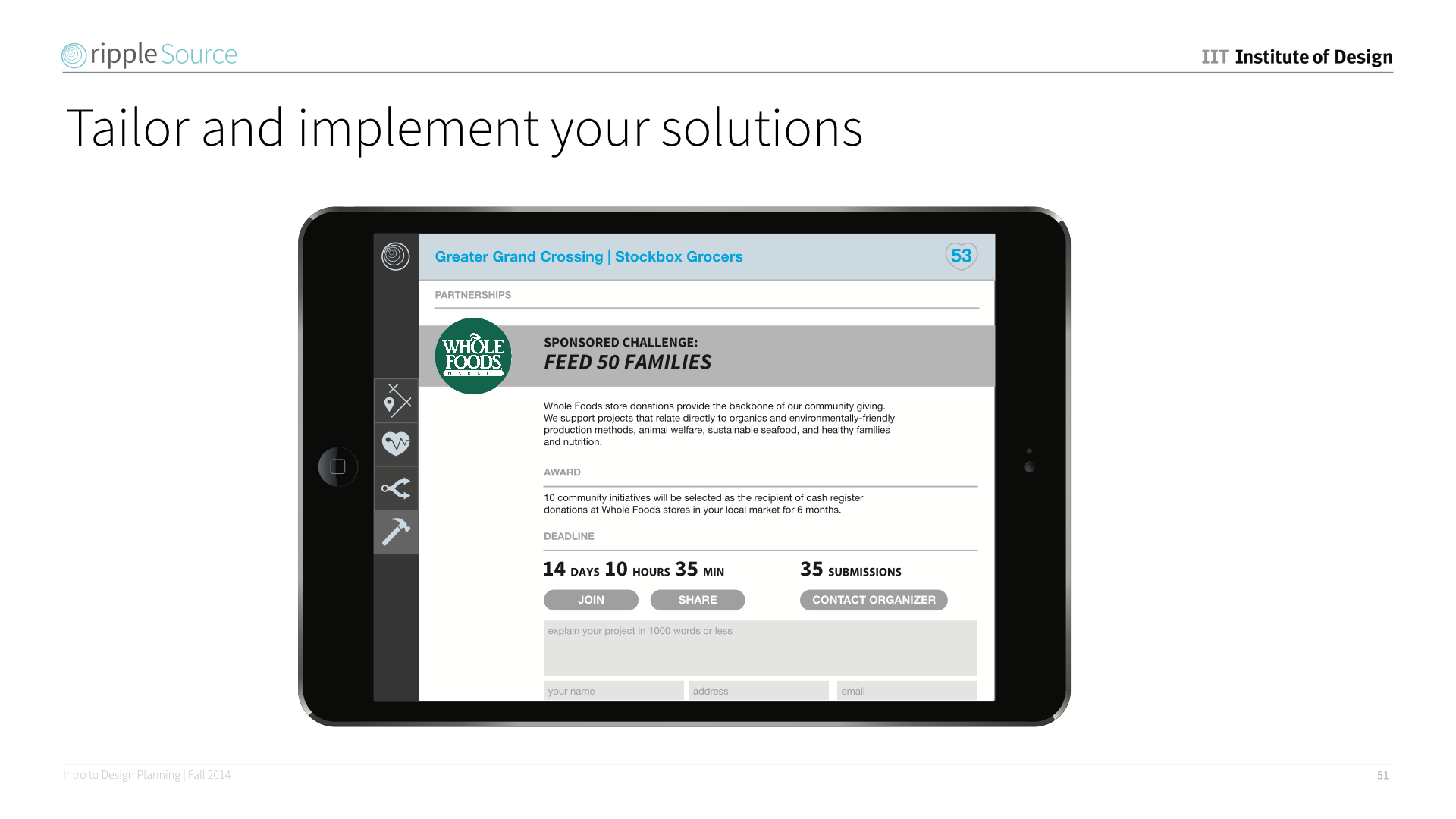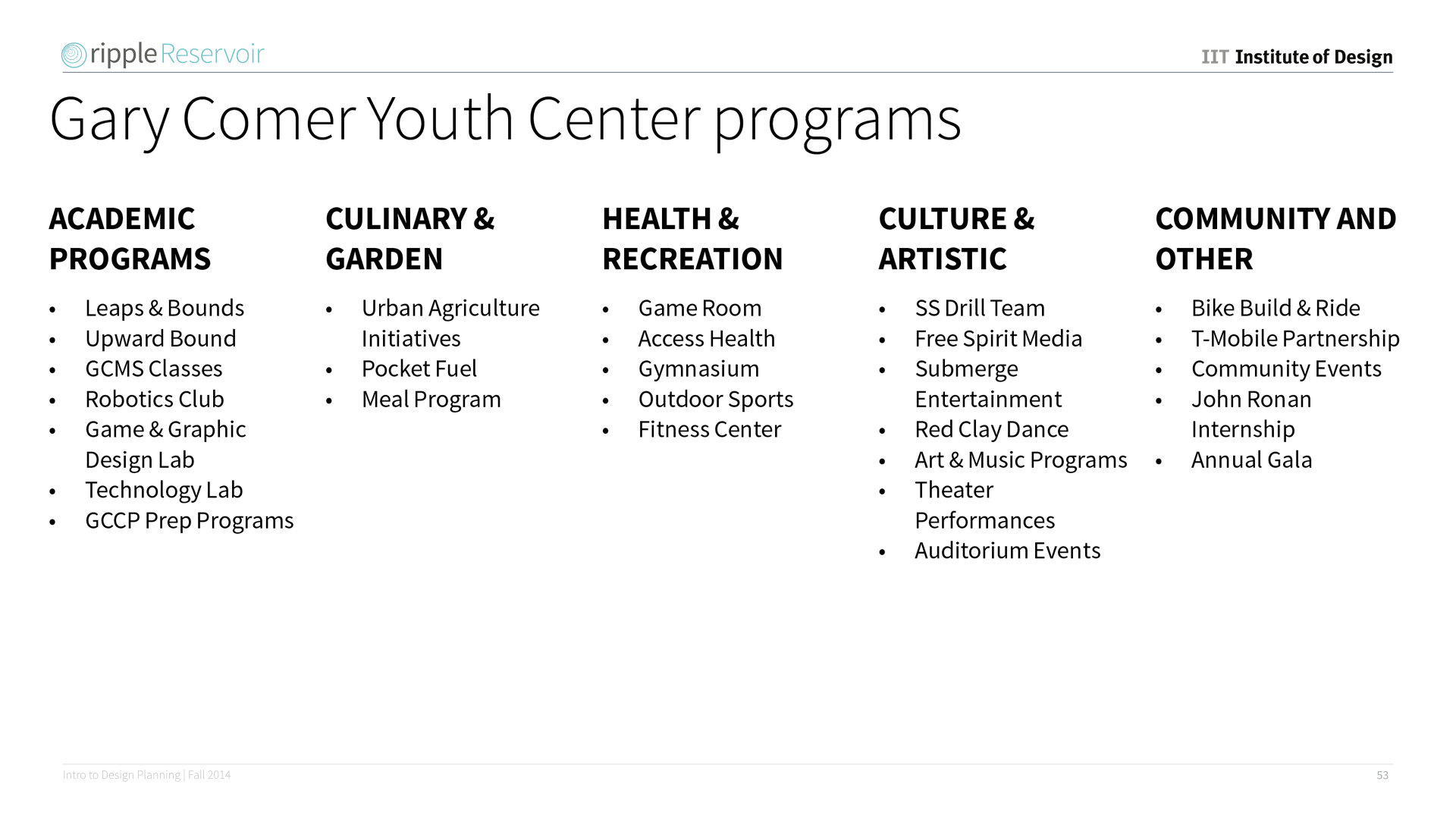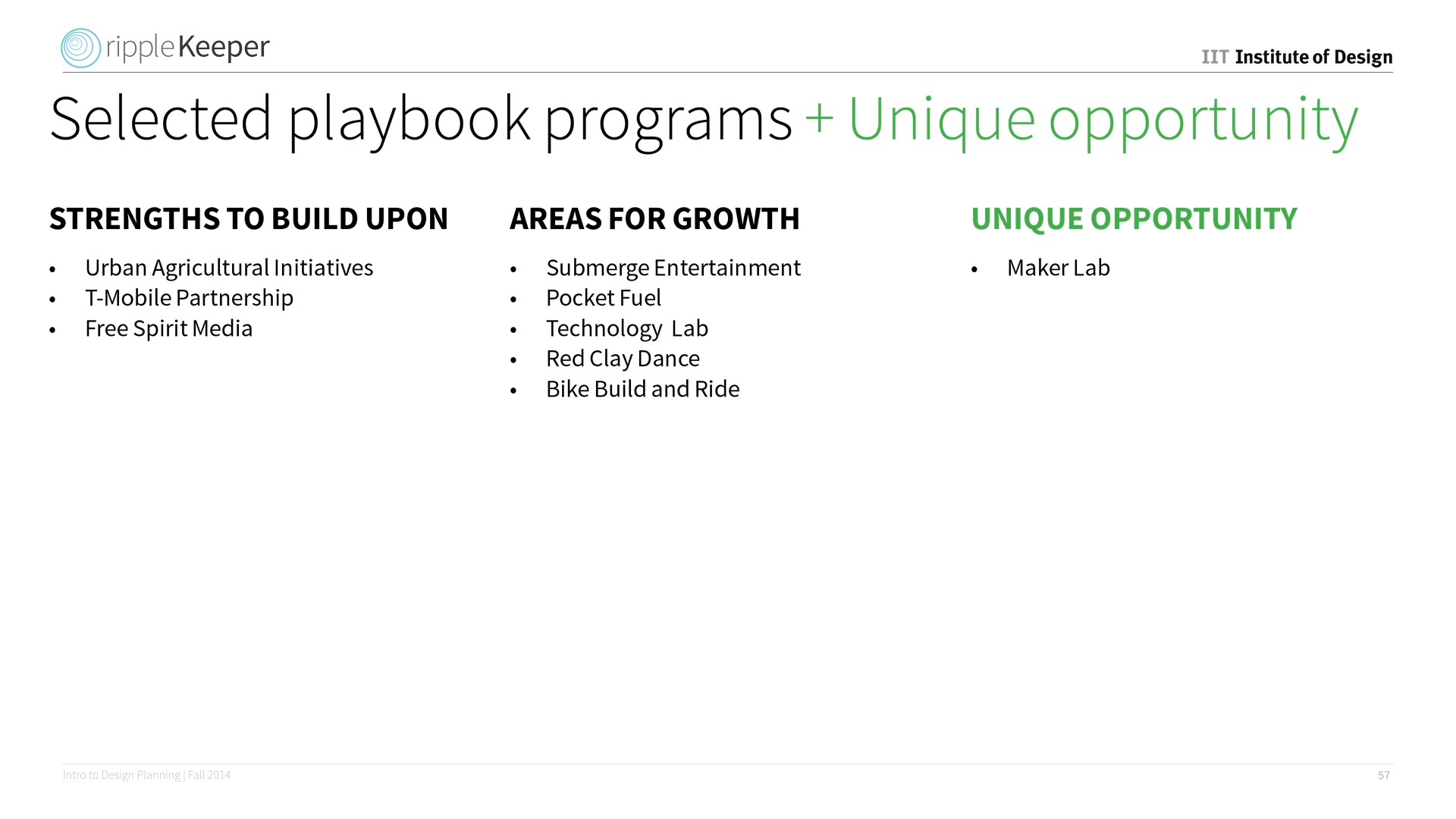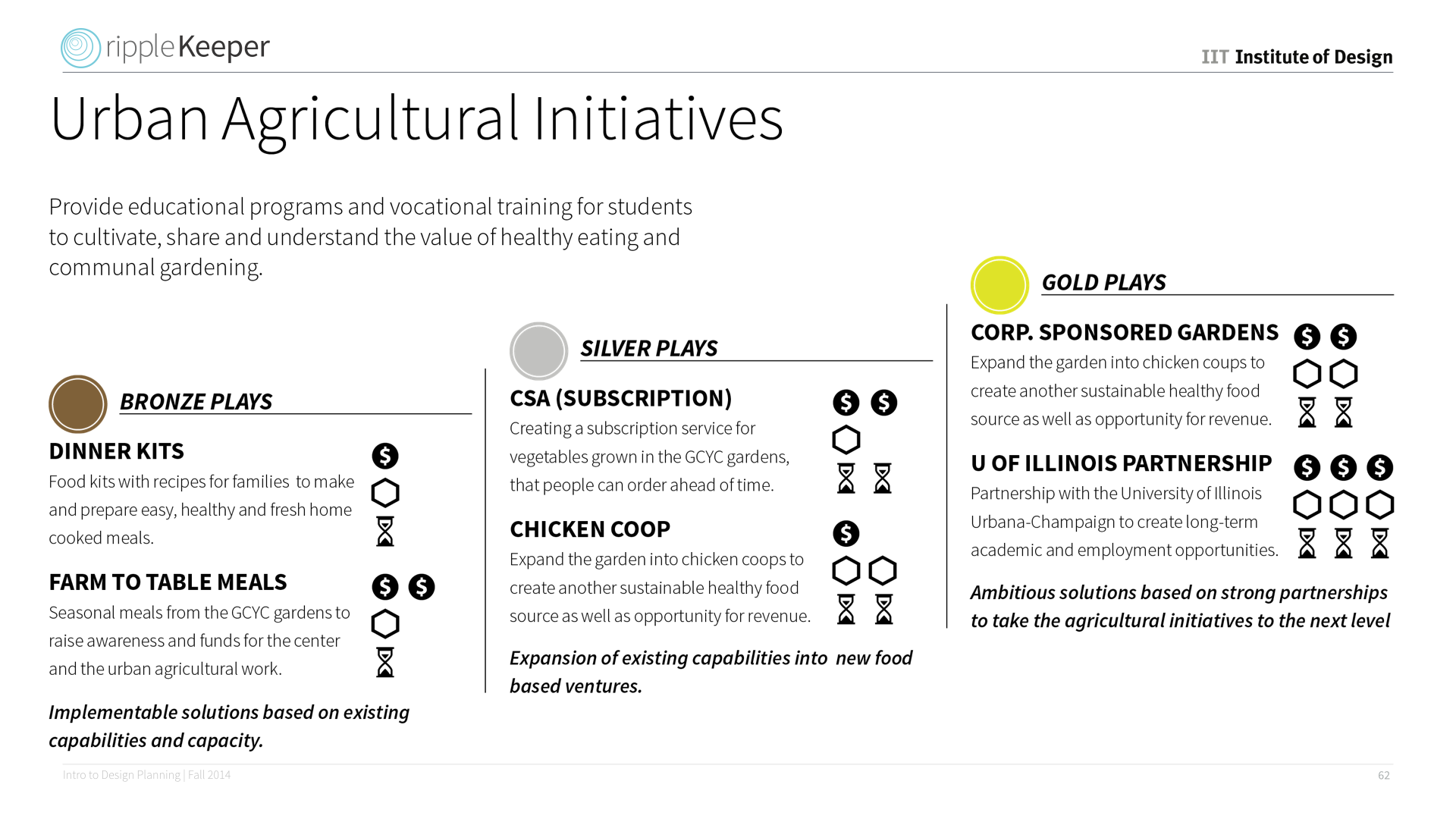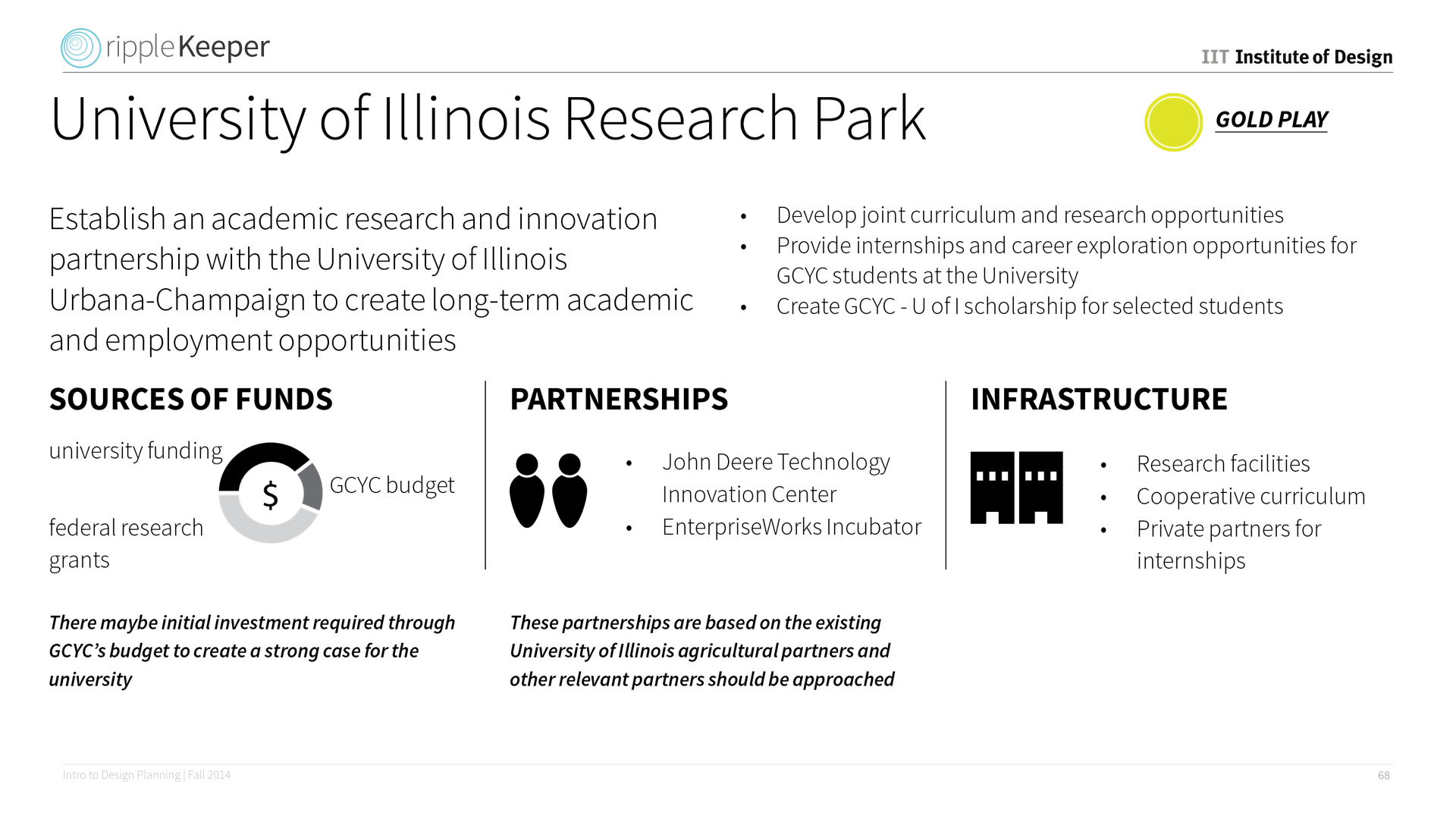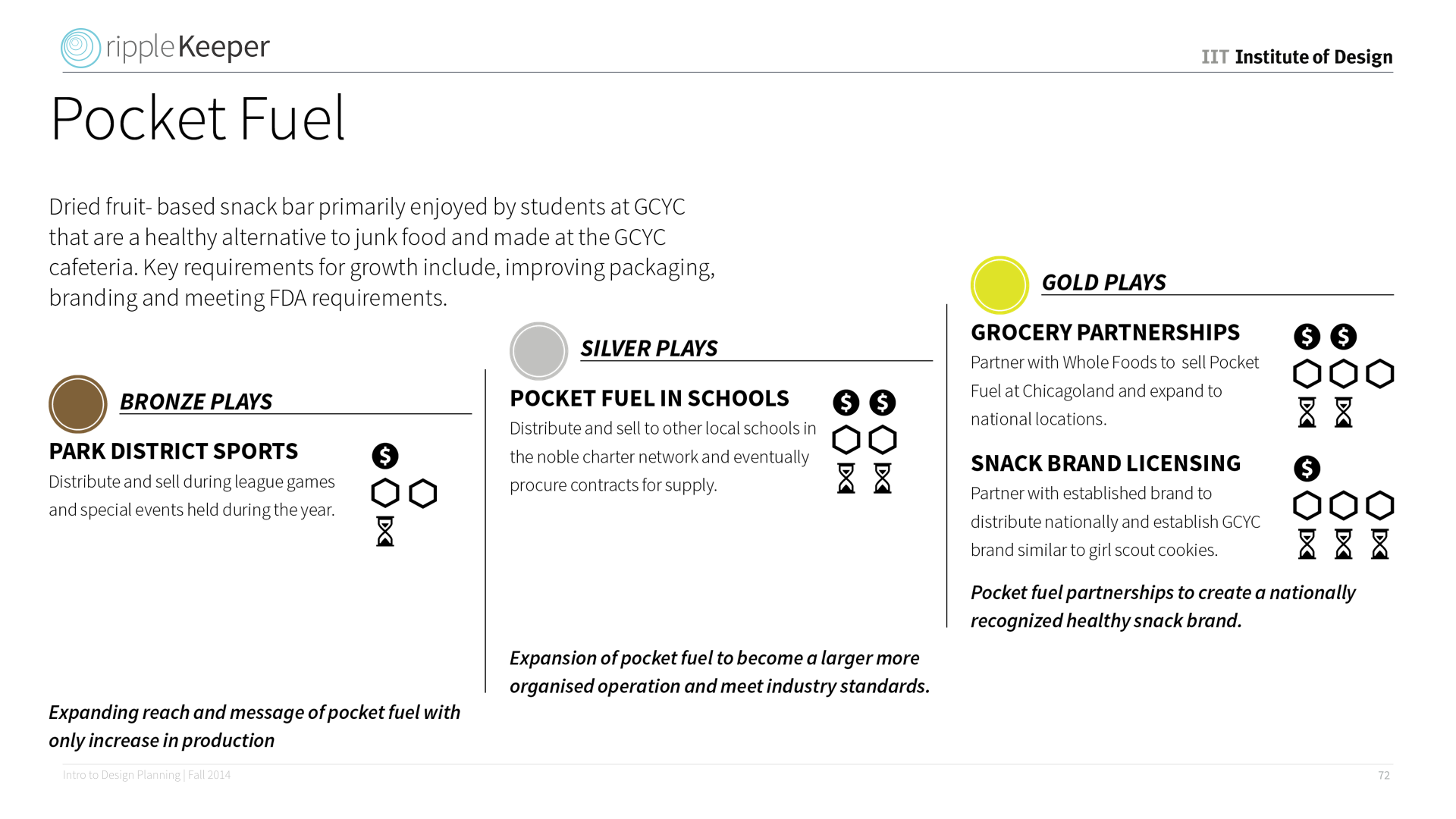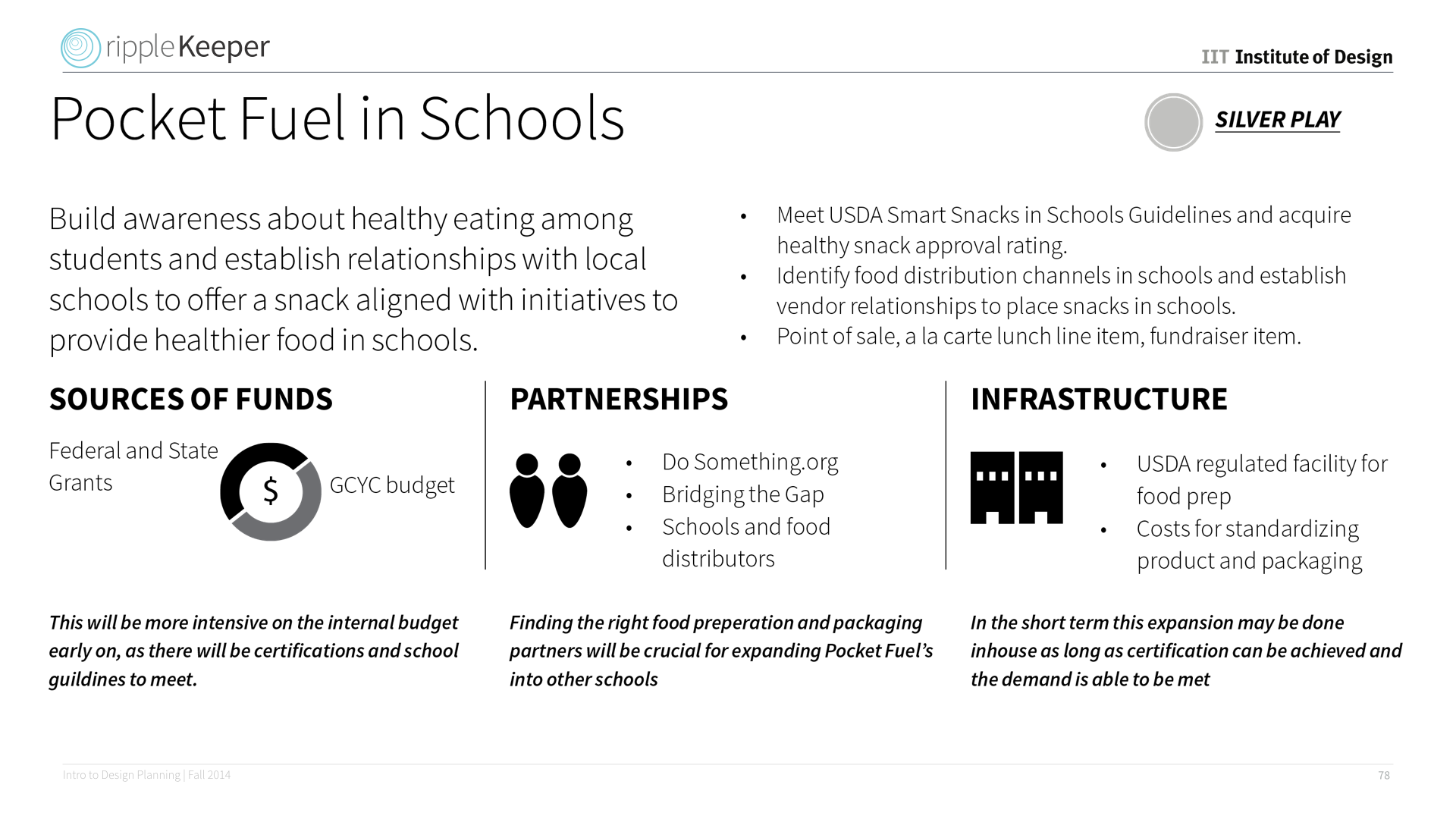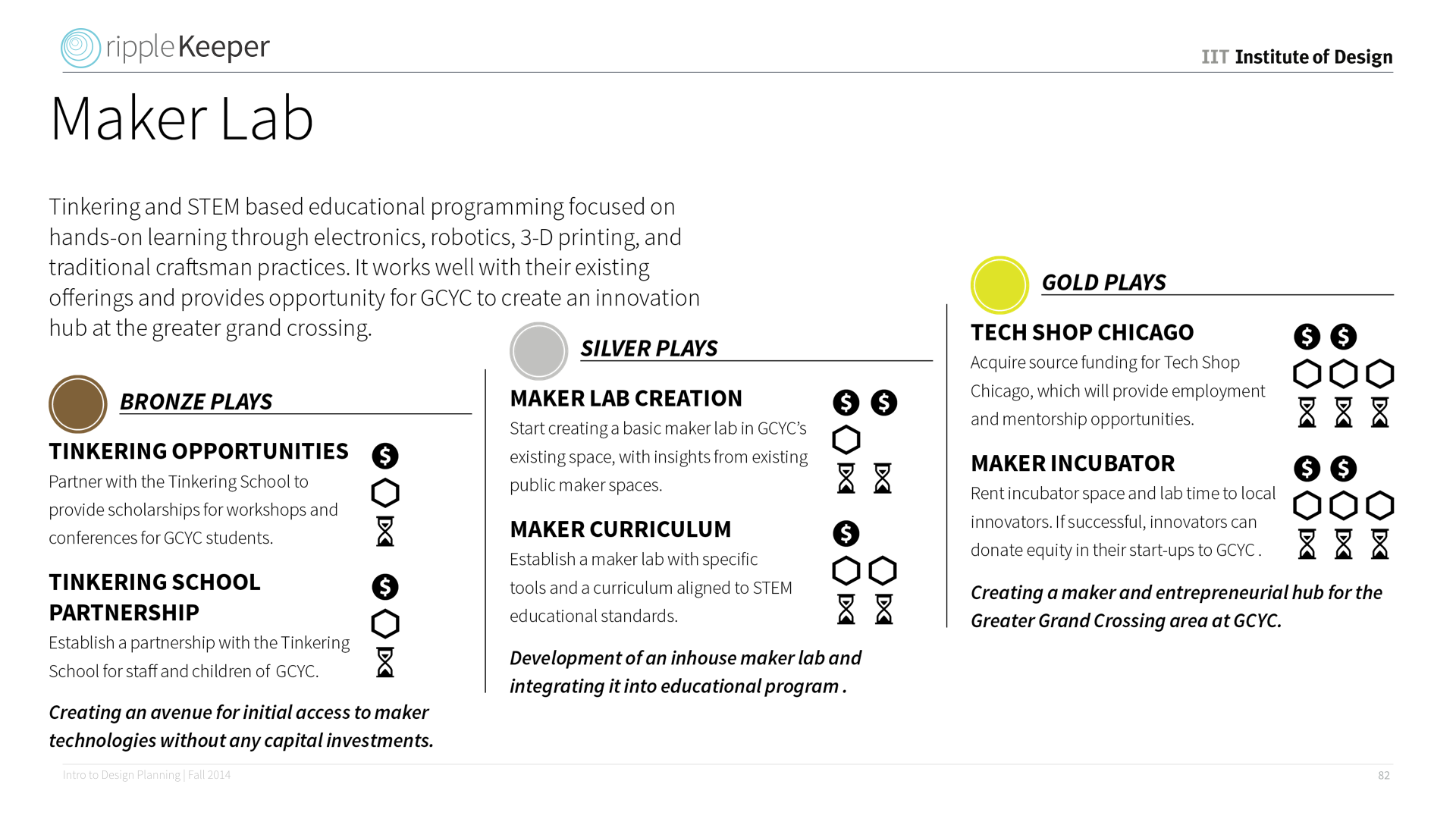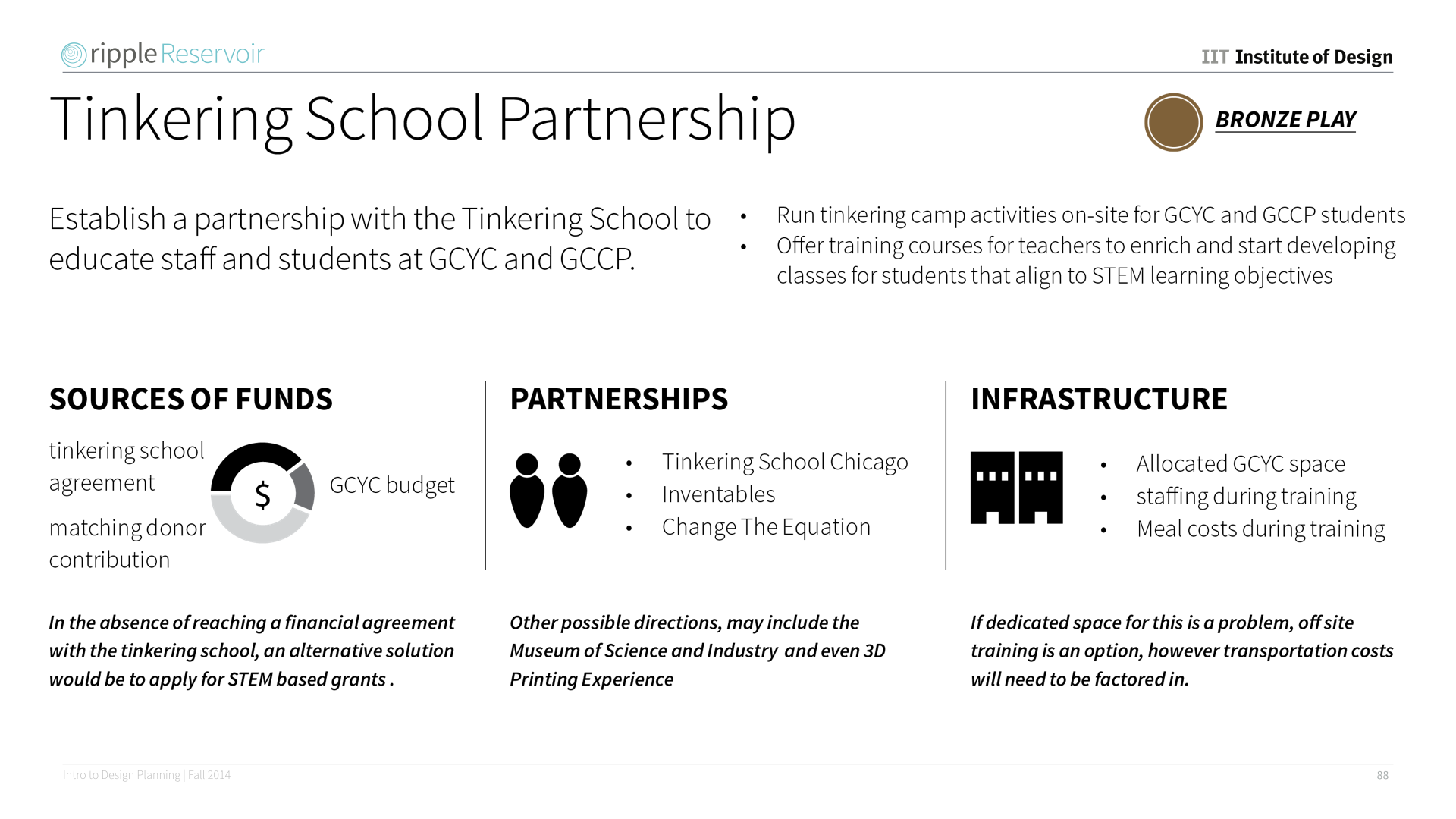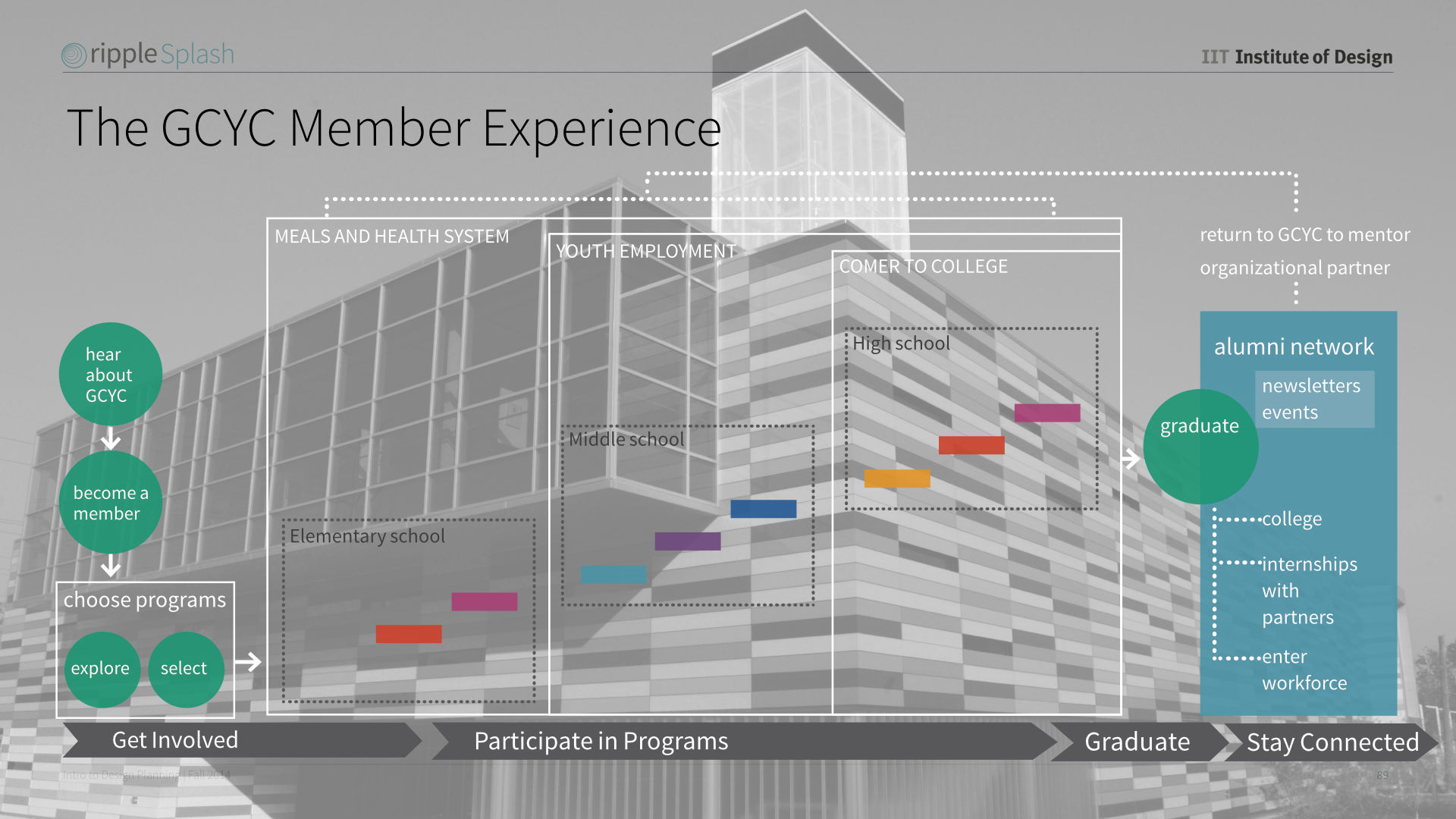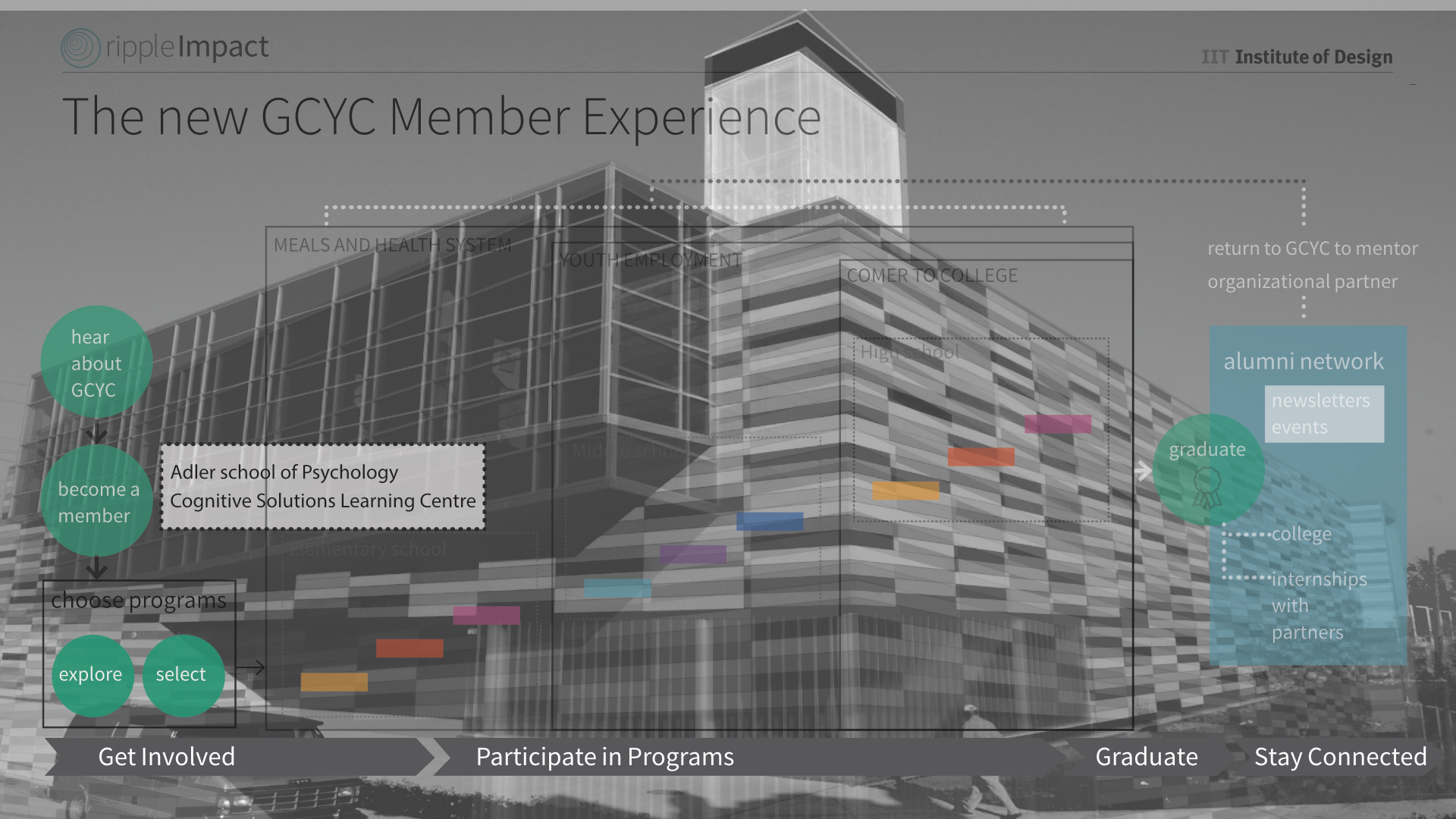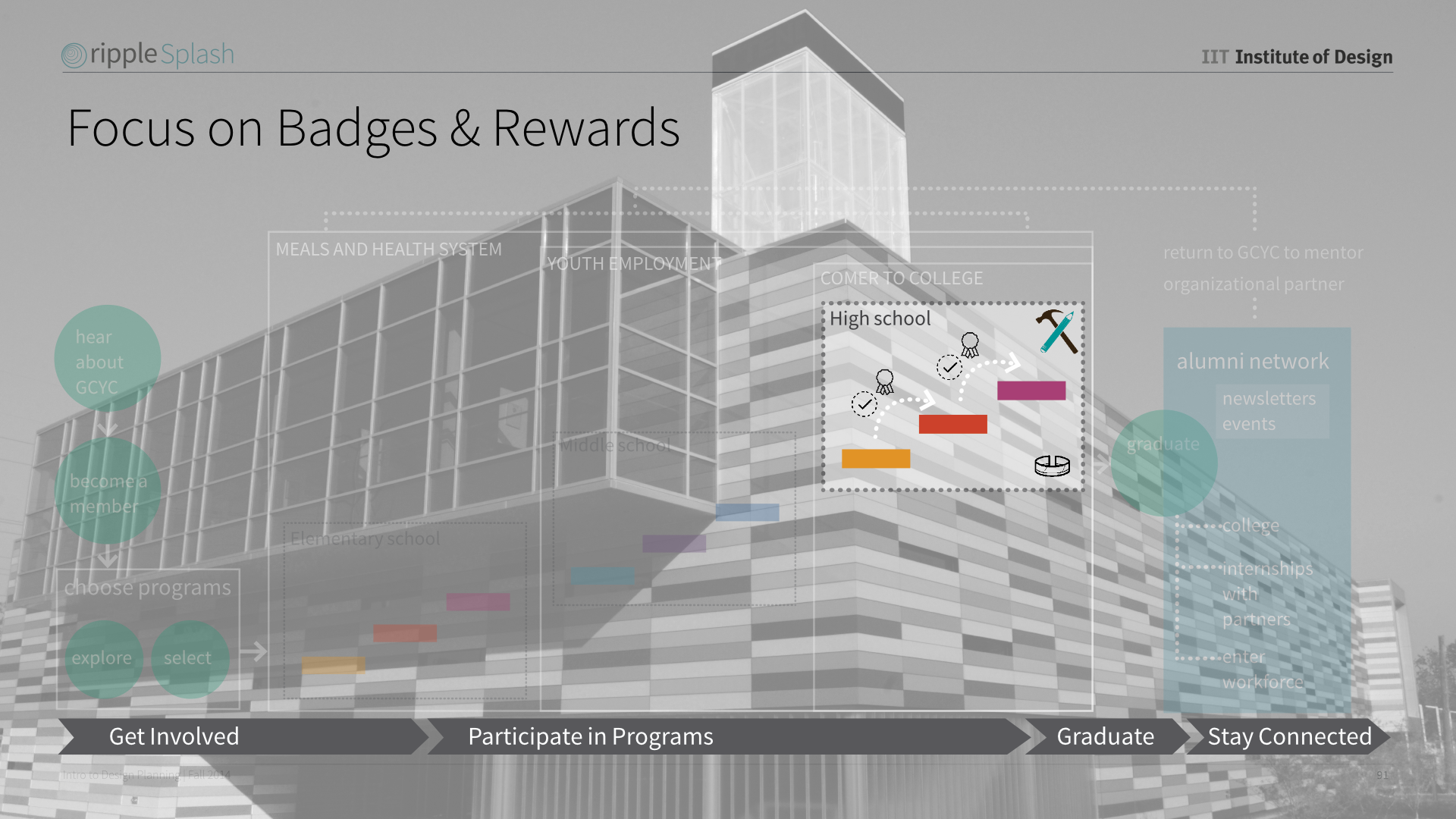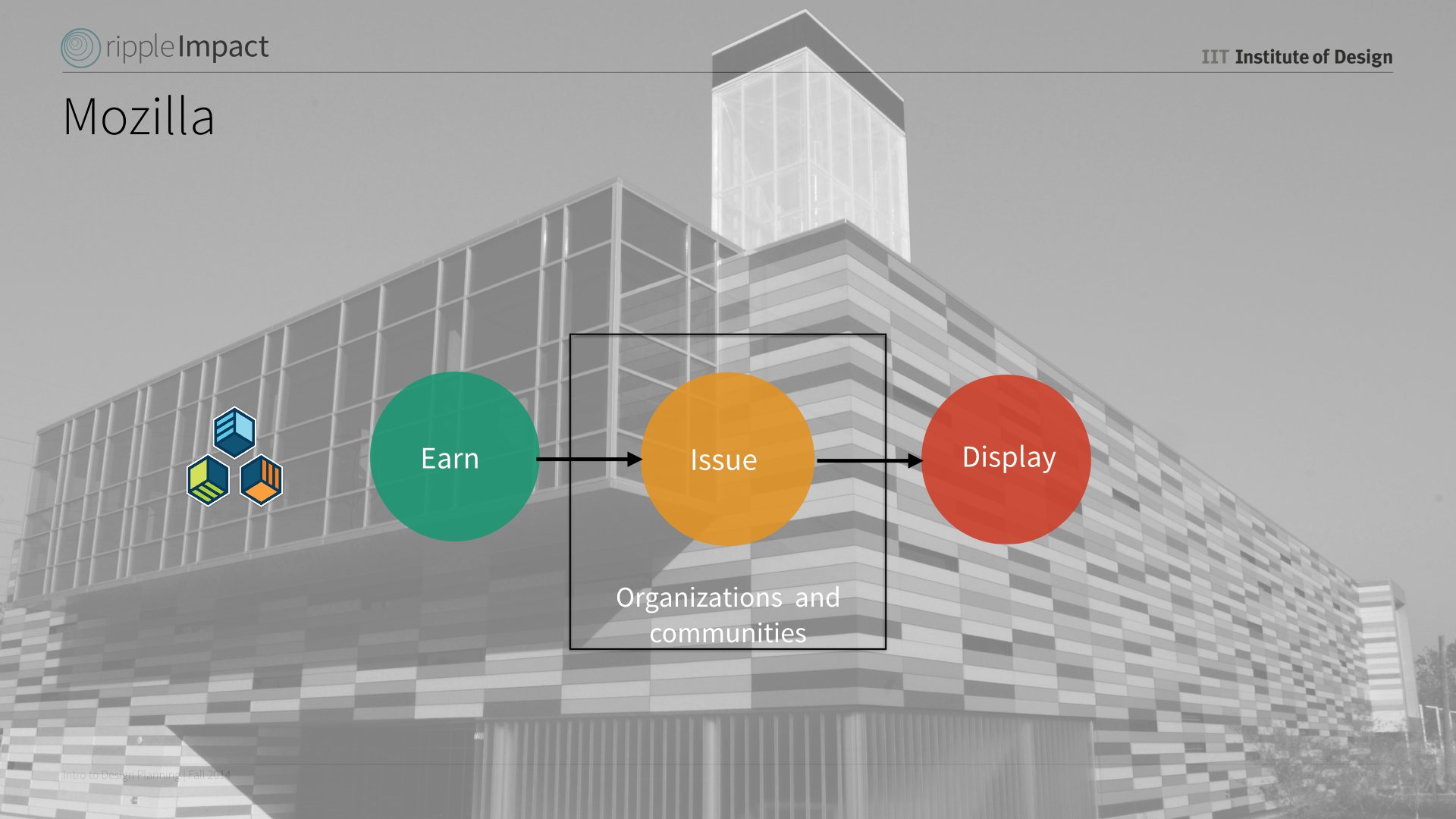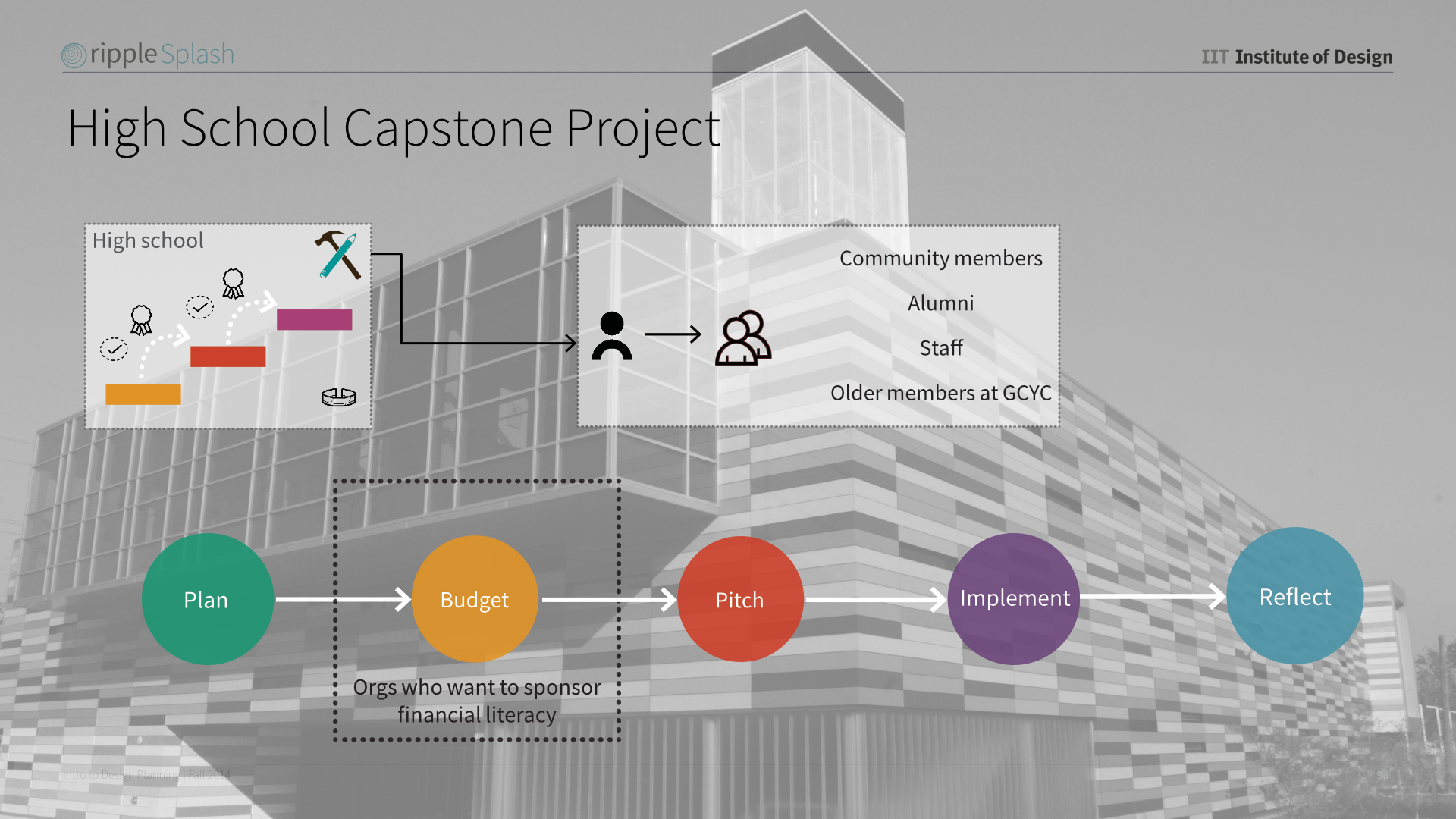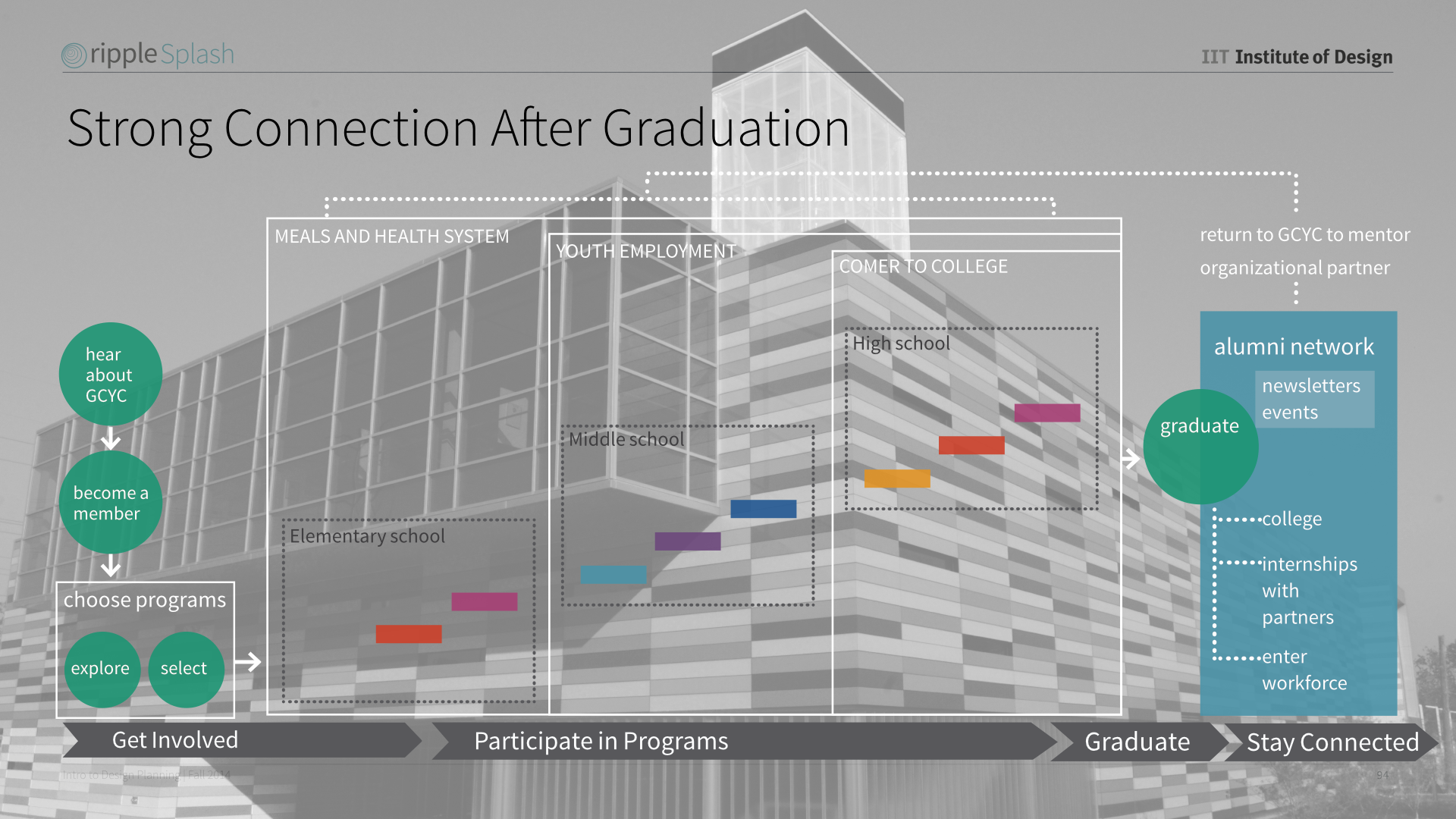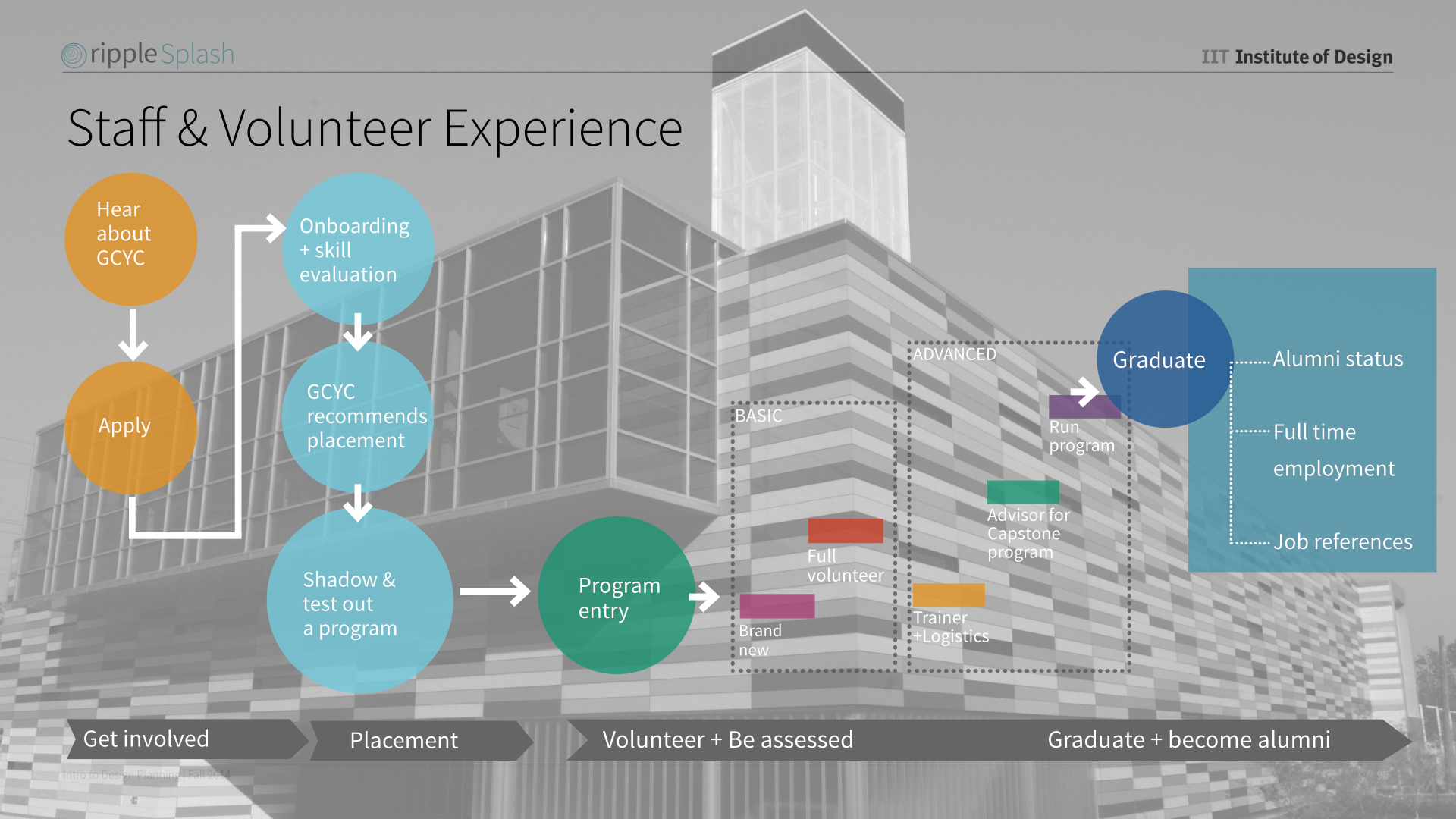This post is going to be a little different than the others in that I am mainly going to talk about the process. This was a project for a class called Intro to Design Planning. What is "design planning?" Good question. Design planning is basically an umbrella term for the entire design process. If methods and frameworks are the pieces, design planning is the whole (from a larger perspective). This includes, hypothesis development, research, analysis, synthesis, prototyping, and business planning. So it essentially covers every part of the innovation process.
Now this class was a rather large class with about 30 students. The professor broke us into 6 groups of 5 people each. I will have a separate post about teams that are too large, but for this post, I will focus on what happens when you have too many teams working on essentially the same project....
The suggested cognitive limit to the number of people with whom one person can maintain stable social relationships is known as “Dunbar’s Number.” While this has been applied most widely to study friend groups in both online and offline settings, it also can be applied to office relationships.
In the early days of Facebook, Mark Zuckerberg was jammed together with his employees in cramped offices. He would speak constantly about his convictions and why they powered Facebook’s strategy. Employees additionally would get to see him act on those beliefs. This explains why startups often are noteworthy for having so many dedicated and capable workers – they see and parrot the original visionary. When Facebook got too big for each employee to be directly influenced by Zuckerberg (reaching the Dunbar Number), Andrew Bosworth, the director of engineering, created a more systematic approach called “Bootcamp.”
Bootcamp is a six-week program designed for a class of new Facebook employees who are engaged in the technical side of the product (specifically engineers and developers, designers, and product managers). During these six weeks, new hires are given mentors who guide them through this time and help them work on small projects for about a dozen diverse groups around the company. Through this process, new hires learn which section of the company most interests them and which best fits with their skills. The new hires thus gain a greater understanding of the company as a whole, giving them an important perspective on how the various departments are related. Additionally, Bootcamp helps Facebook scale up talent because it enables mentors to gain skills in management.
The ideas learned at Bootcamp are reinforced throughout each employee’s time at Facebook. Not only do employees switch positions frequently, they are also subject to a mandatory program called “hack-a-month,” where they are loaned to a new product team for a month.
At a large company, it is easy for employees to become isolated and only engage with the people on their team, but the Bootcamp and hack-a-month system guarantee that people will trend toward a wider relationship circle and thereby gain the advantages of seeing a variety of people and skills.
The trouble in this project came from the fact that there were 6 teams trying to work with each other on one single project with no clear leader. There was no hierarchy and no plan (which is a bit ironic). What happened was that each team was unable to keep track of every piece that every other team was working on. This could have been avoided by having a larger, detailed blueprint or wireframe. Unfortunately, politics and lack of available time became an issue and so the class had to scramble to make things work.
The project was not a disaster, however, a lot less pain and suffering could have been avoided with the right structure of managers and designers.
For context, the project was made for the Chicago Community Trust (which is in charge of grant making, civic engagement, and philanthropy) along with the Gary Comer Youth Center. This tool is meant to help identify neighborhoods that require an intervention, what types of interventions are most appropriate, how to complete such interventions, and figure out a more holistic understanding of the health of the community with new interventions.
